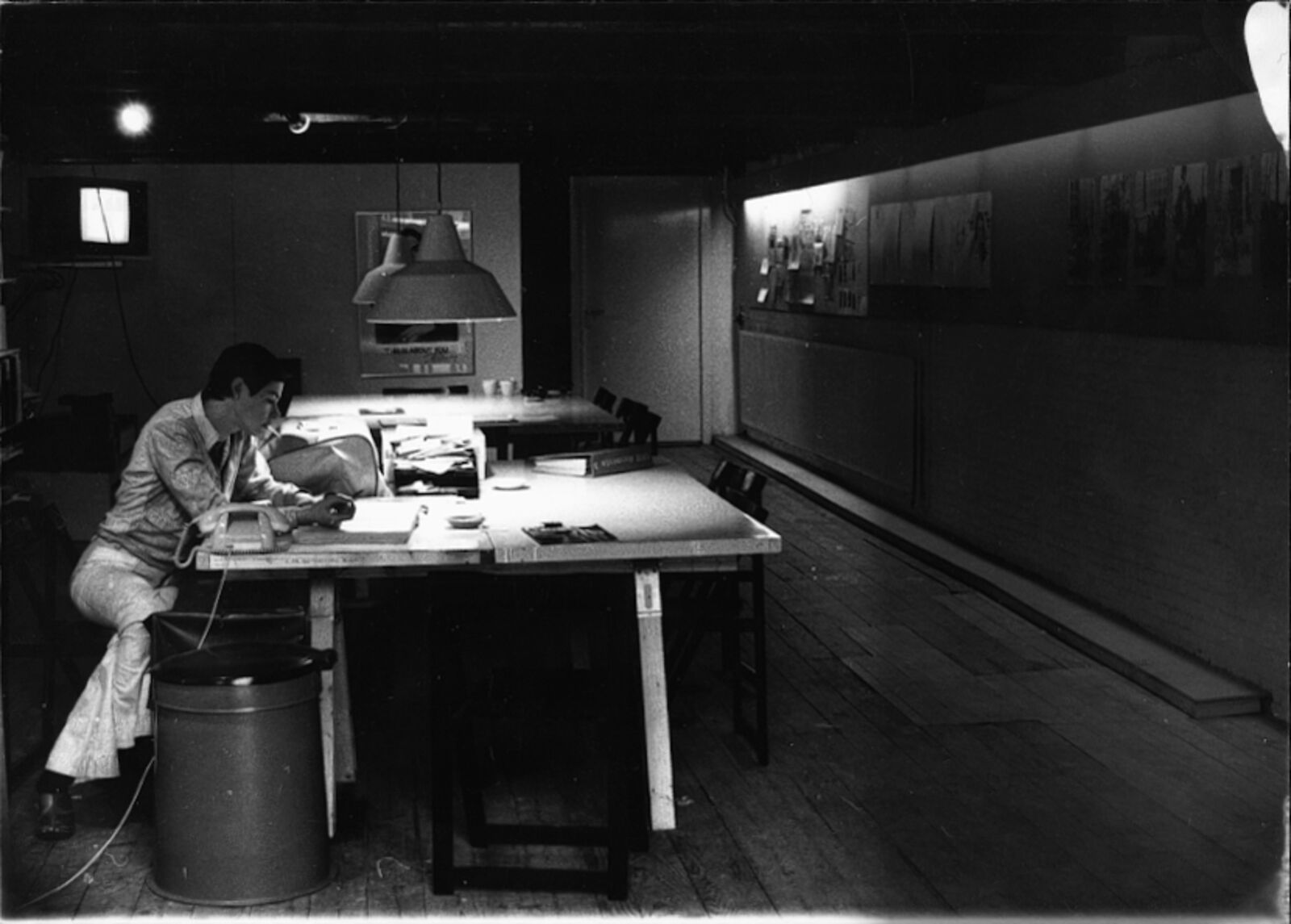
Wies Smals in de Appel, 1975
Wies Smals, who worked as a librarian for the Stedelijk Museum Amsterdam from until 1969 and as a gallery director of Seriaal between 1968 and 1975, selling multiples and prints, founded De Appel in 1975 as a reaction to the lack of platforms and possibilities to show contemporary art practices like performance, video and conceptual art at the time. These time-based practices, without a marketable object, required a different kind of space and new ways of presentation. At De Appel, Wies Smals gave artists carte blanche to realize their projects. Artists like Ben d’Armagnac, Gerrit Dekker, Marina Abramović, Ulay, Bruce Nauman, James Lee Byars and Joan Jonas presented work at De Appel in the early stages of their careers. During this period, De Appel also initiated a system where artists were paid a fee for their performances and activities, a decision that played an important role in the professional recognition of performance art. In this period De Appel was characterised by its experimental and ground breaking programme. Led by Wies Smals De Appel became one of the most important spaces in the Netherlands (and in Europe) for upcoming, immaterial, post-minimalist art practices. Artists and curators alike travelled to De Appel to orientate themselves on these new practices. Nowadays, the history of De Appel is most known for this early experimental period when performance, body art and early video art was developed and shown. Smals had an open and flexible attitude towards the identity and profile of De Appel. She was averse to the idea of institutionalization. From its initiation, she constantly reflected on the question of what art needed and what an art space like De Appel could facilitate. Because of this, De Appel was changing constantly. Around 1980, Wies Smals decided to change course and started organizing (media) projects on site. In this period, De Appel presented itself as an independent film producer and produced films by General Idea and Barbara Bloom, in addition to developing its other art programs. During these years, De Appel increasingly developed itself in the direction of an agency or project office. Due to Smals’ unfortunate, untimely dead, her directorship at De Appel came to an abrupt ending. Along with Gerhard von Graevenitz (De Appel committee member and Wies’s partner), their baby Hendrik, colleague Josine van Droffelaar and her boyfriend Martin Barkhuis, Smals was killed in a plane crash on August 20, 1983 in the Swiss Alps. Because of their sudden death, it long remained unclear what would happen to De Appel. The question arose whether De Appel could still exist without Smals and Droffelaar. The board decided to continue and to keep the goals of De Appel to ‘identify and display current developments in contemporary art’ alive. This was and remains to this day the main objective of De Appel.
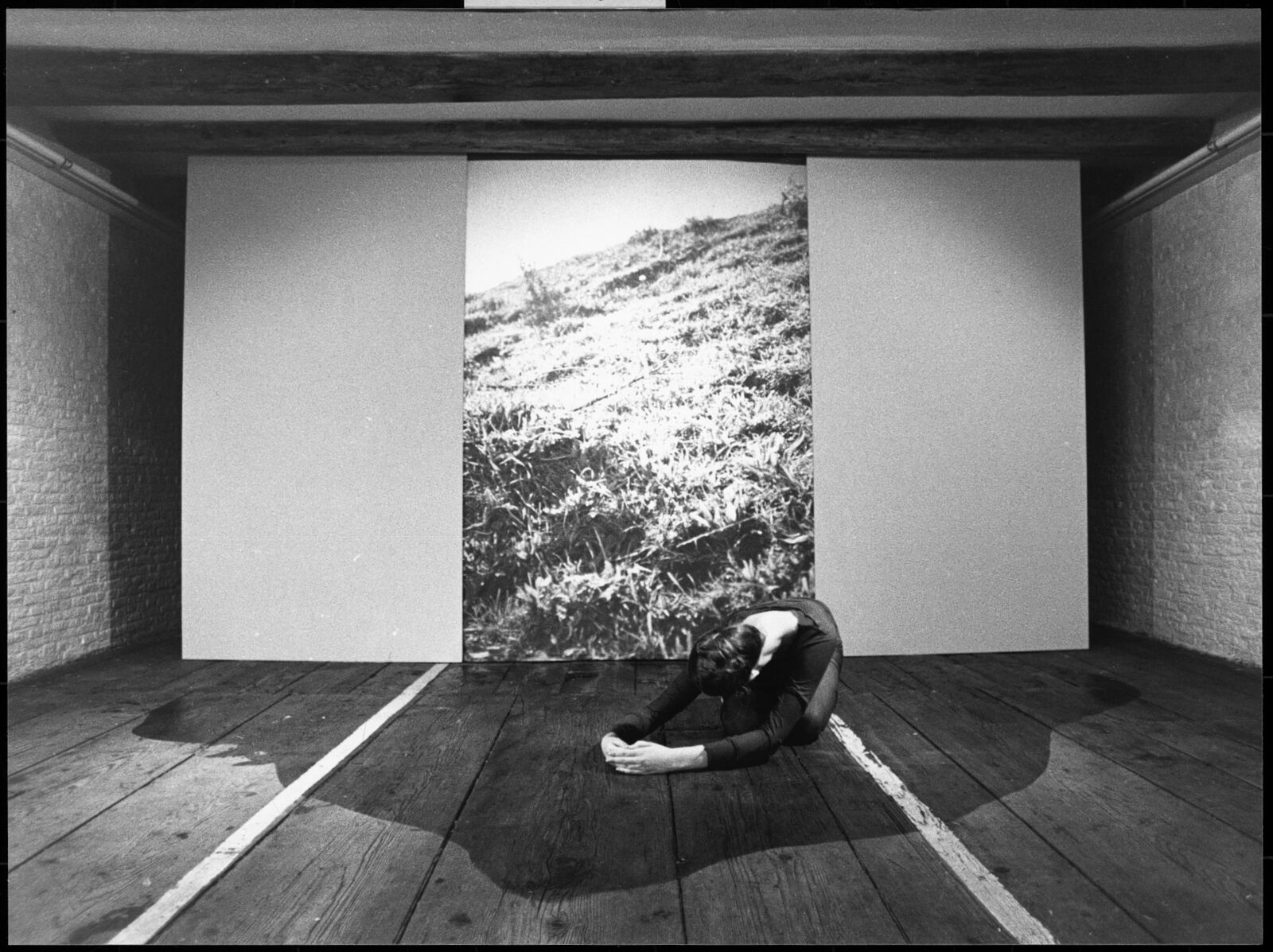
Beeldend Theater, Moeder Aarde (Mother Earth), 1975, De Appel, Amsterdam, NL
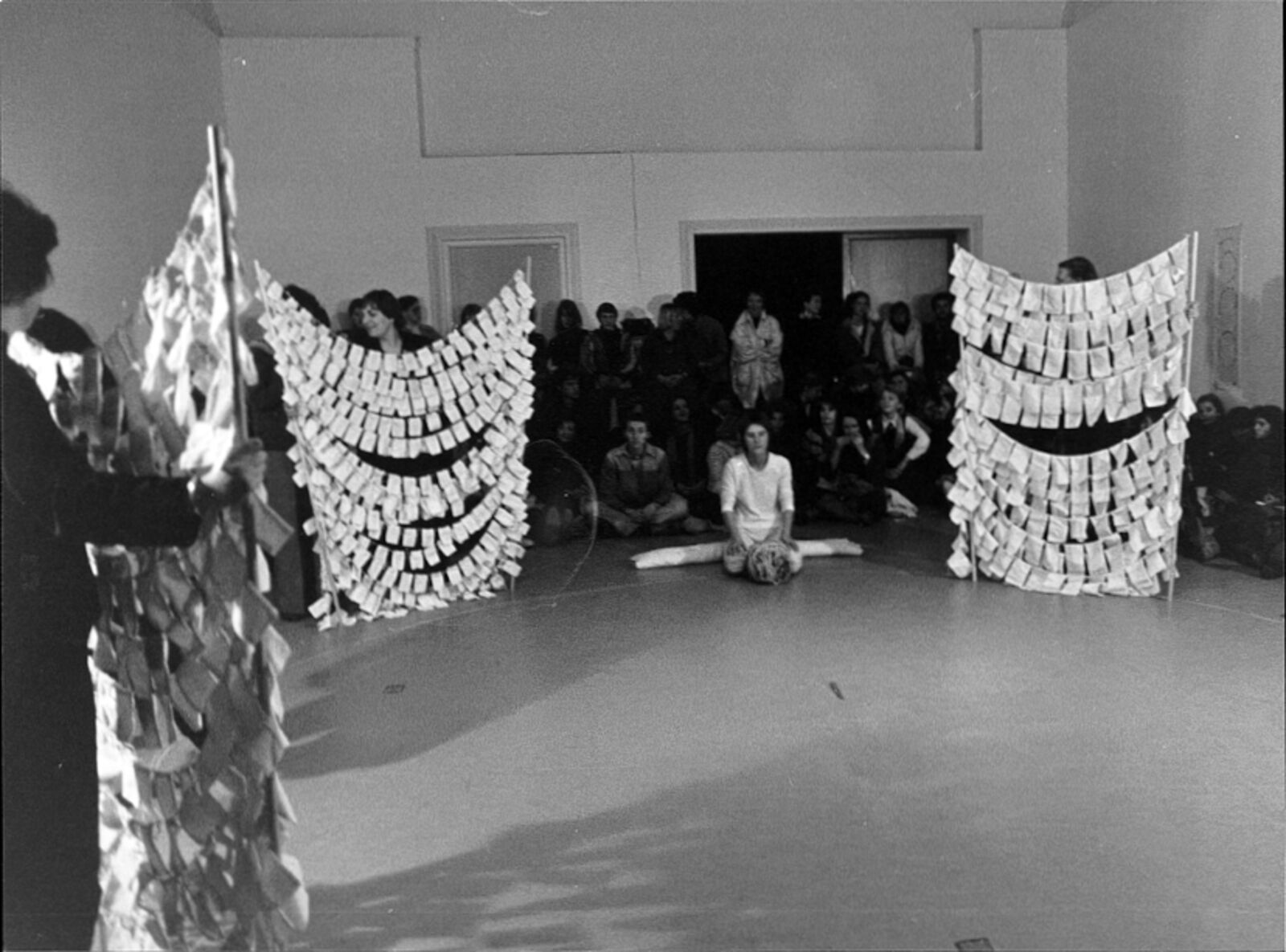
Betsy Damon, the 7,000 Year Old Woman, 1978, De Appel, Amsterdam, NL
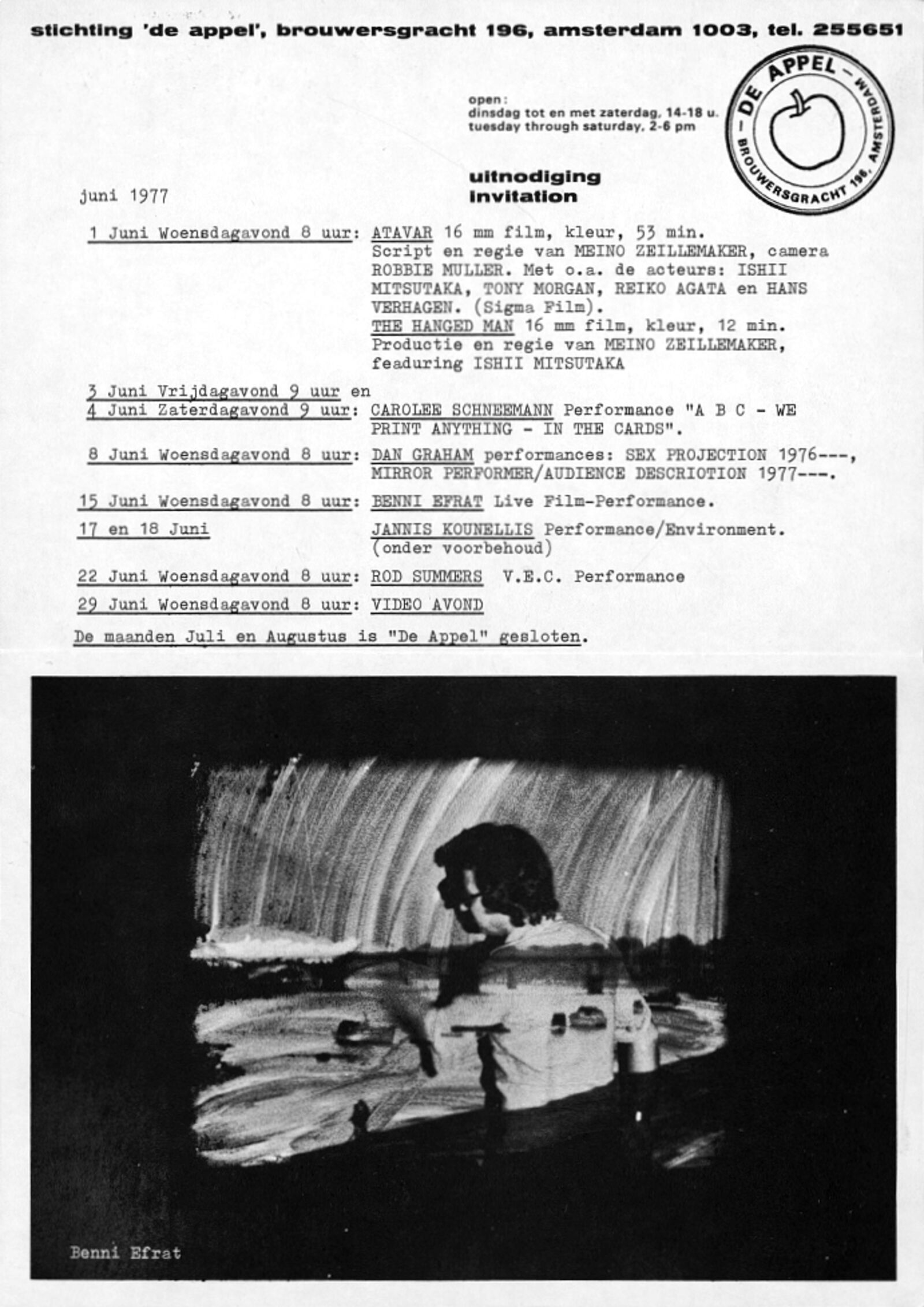
Bulletin De Appel, June 1977
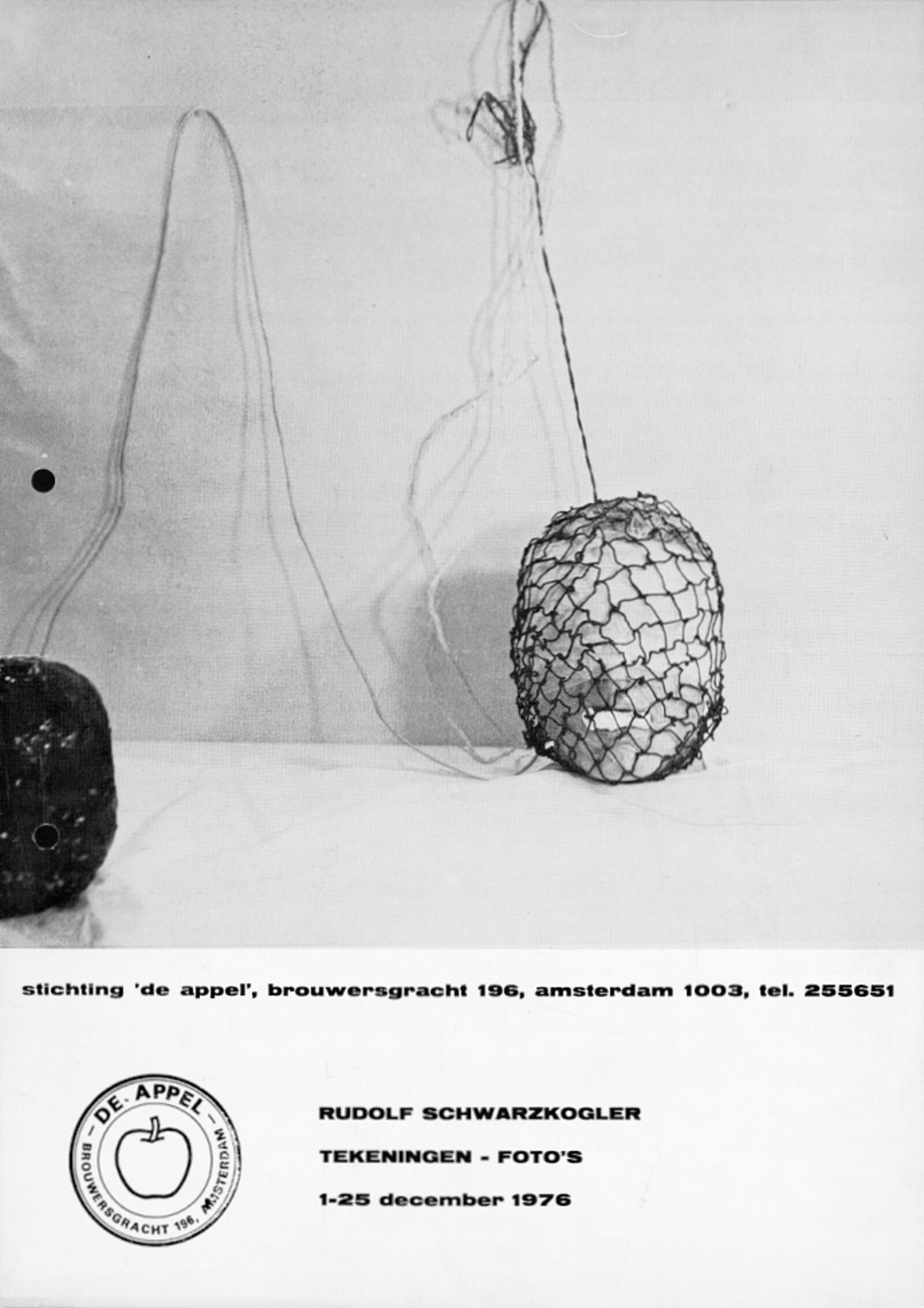
Bulletin De Appel, announcing Rudolf Schwarzkogler's exhibition, 1976
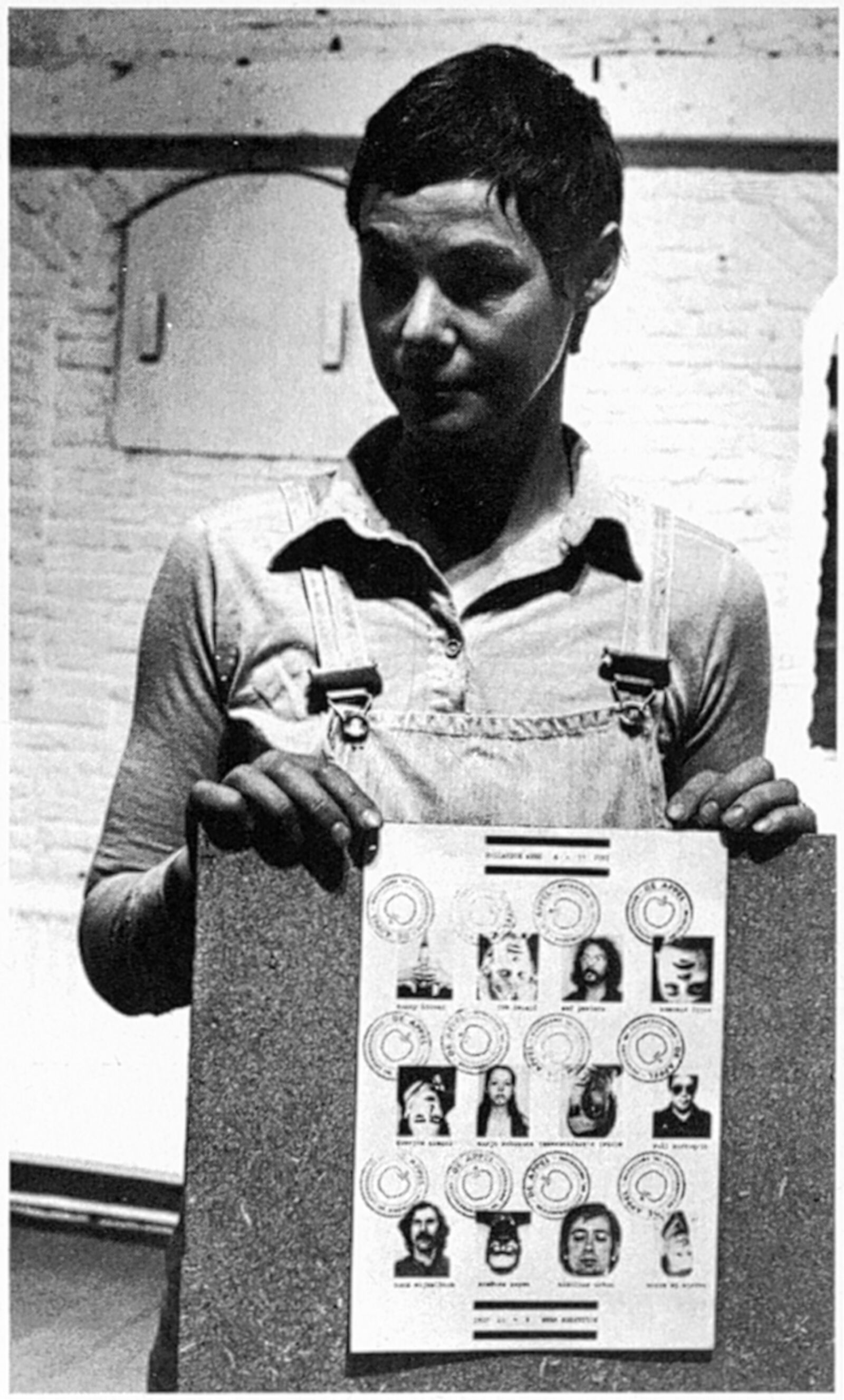
Wies Smals during the Dutch Week, 1976, De Appel, Amsterdam, NL
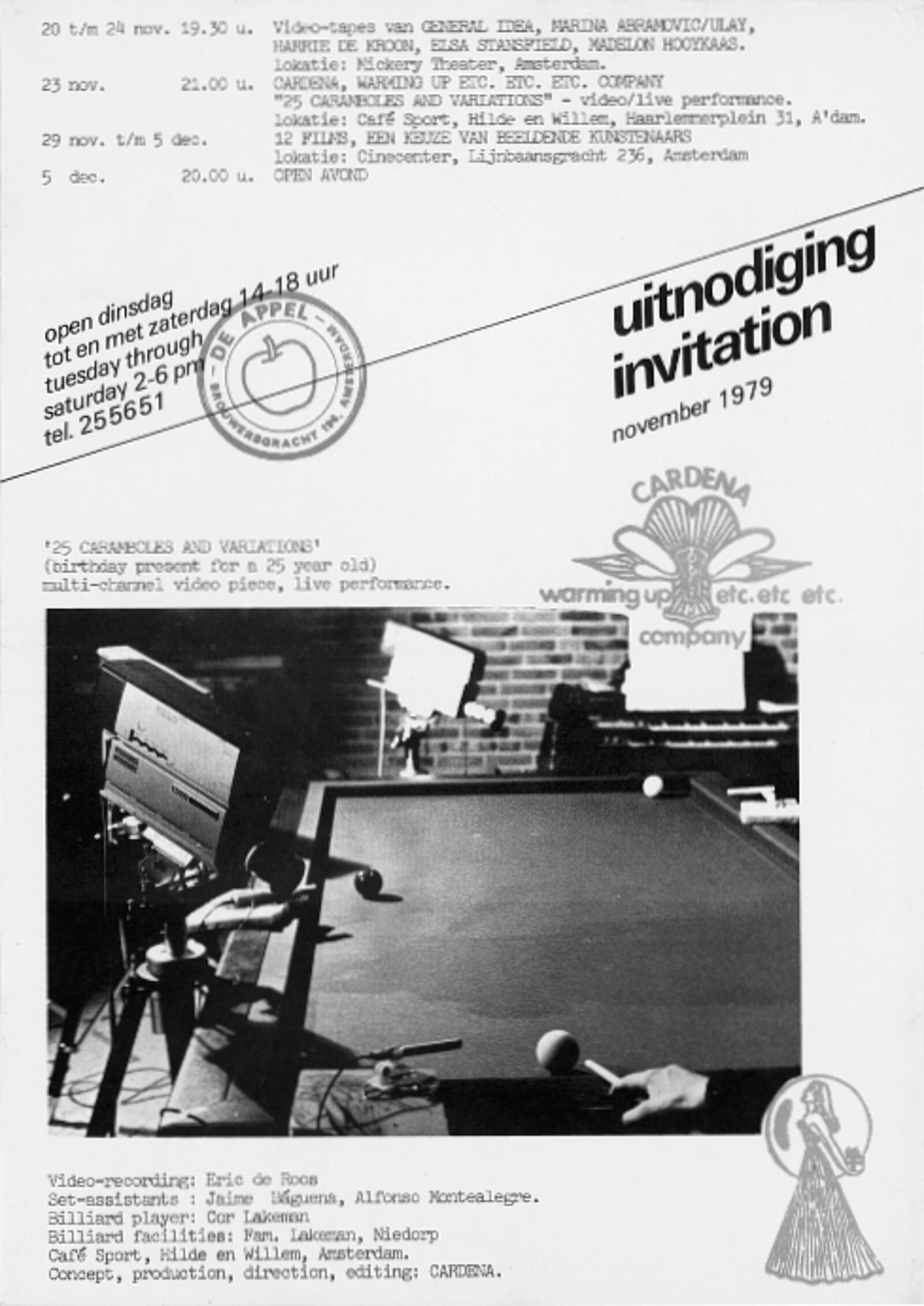
Bulletin De Appel announcing Michael Cardena's video installation 25 Caramboles and Variations, 1979
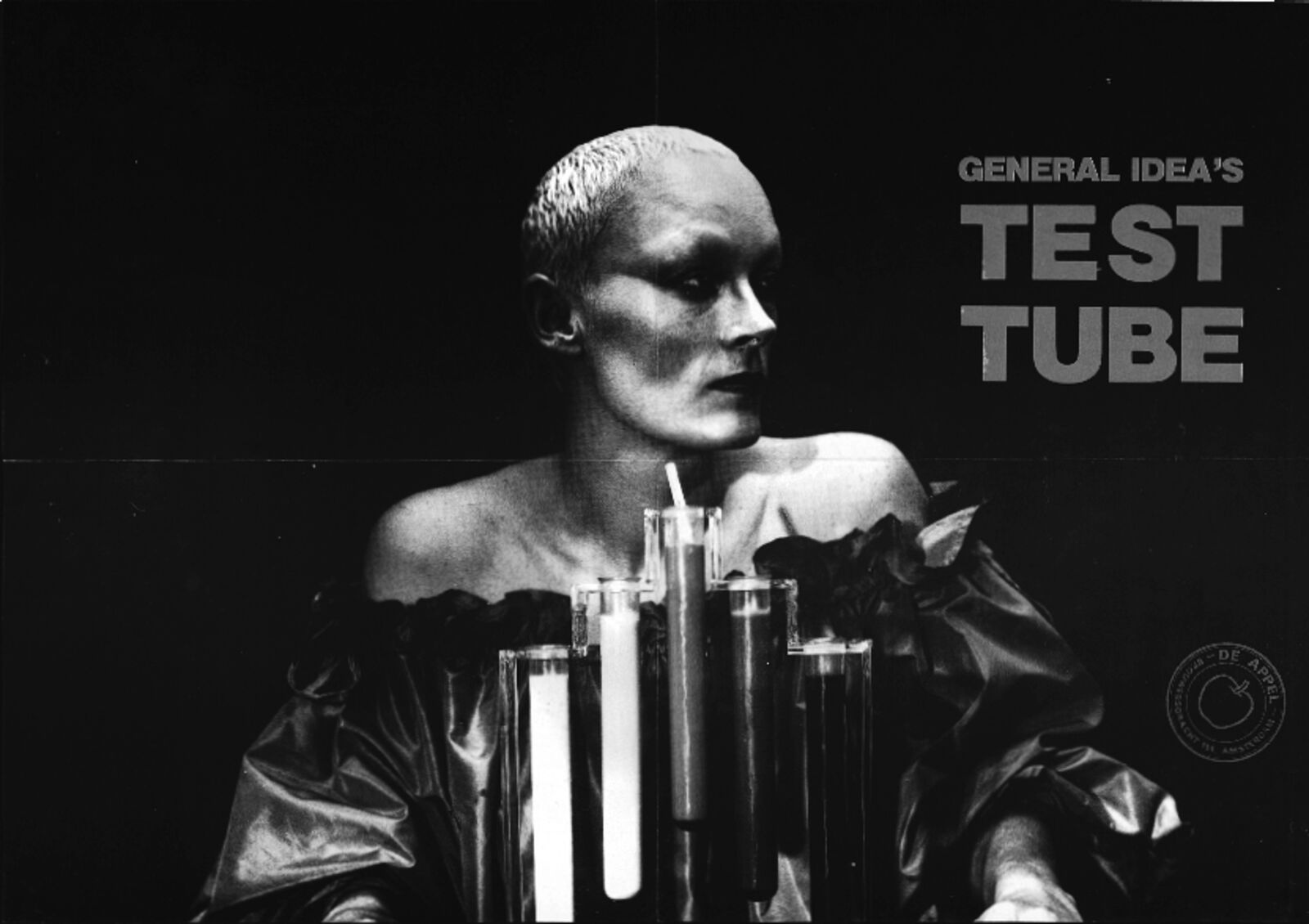
General Idea, Test Tube. De Appel, 1979
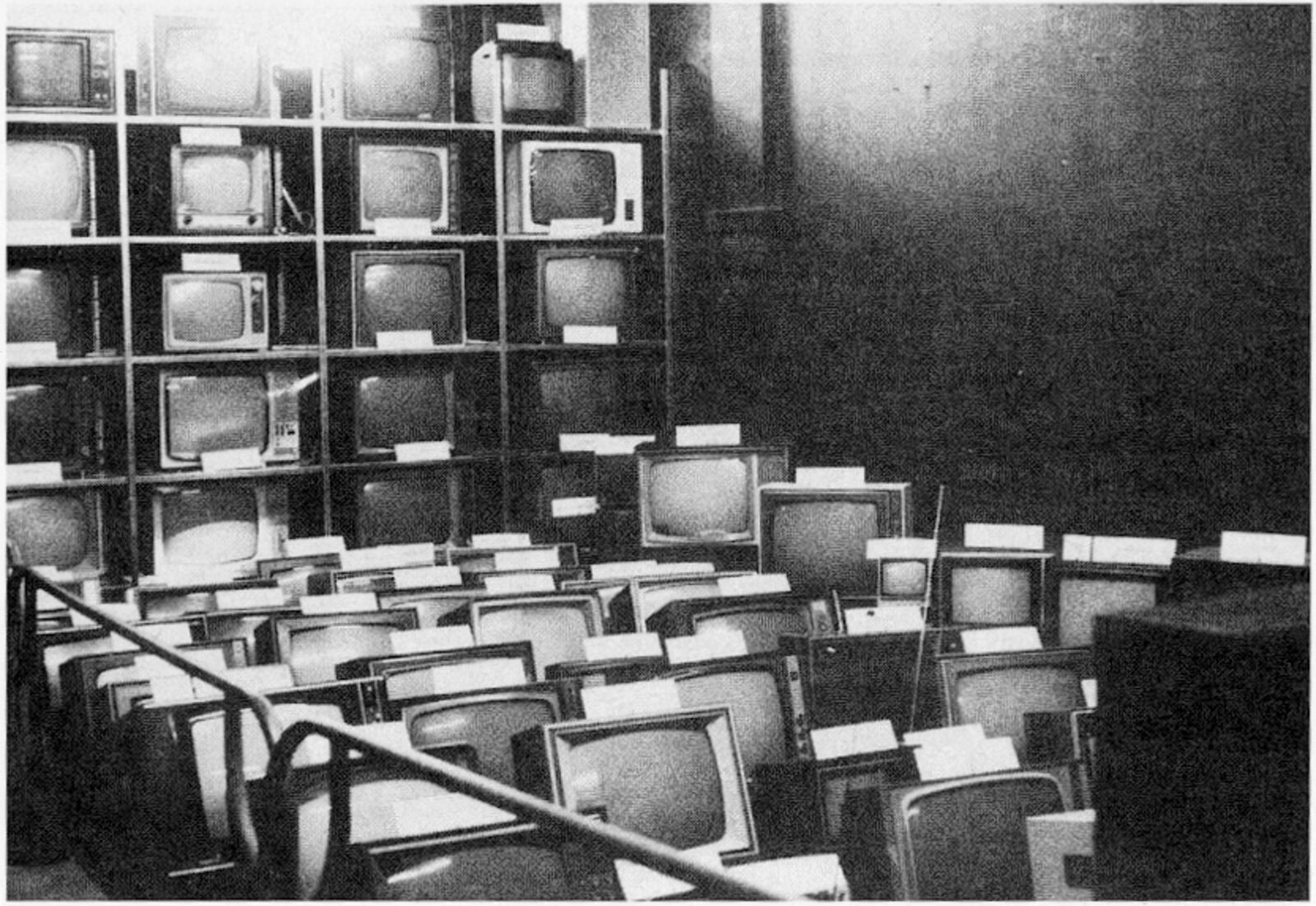
Raul Marroquin, Worlds First TV Cenvention, The Bank, Amsterdam, 1980
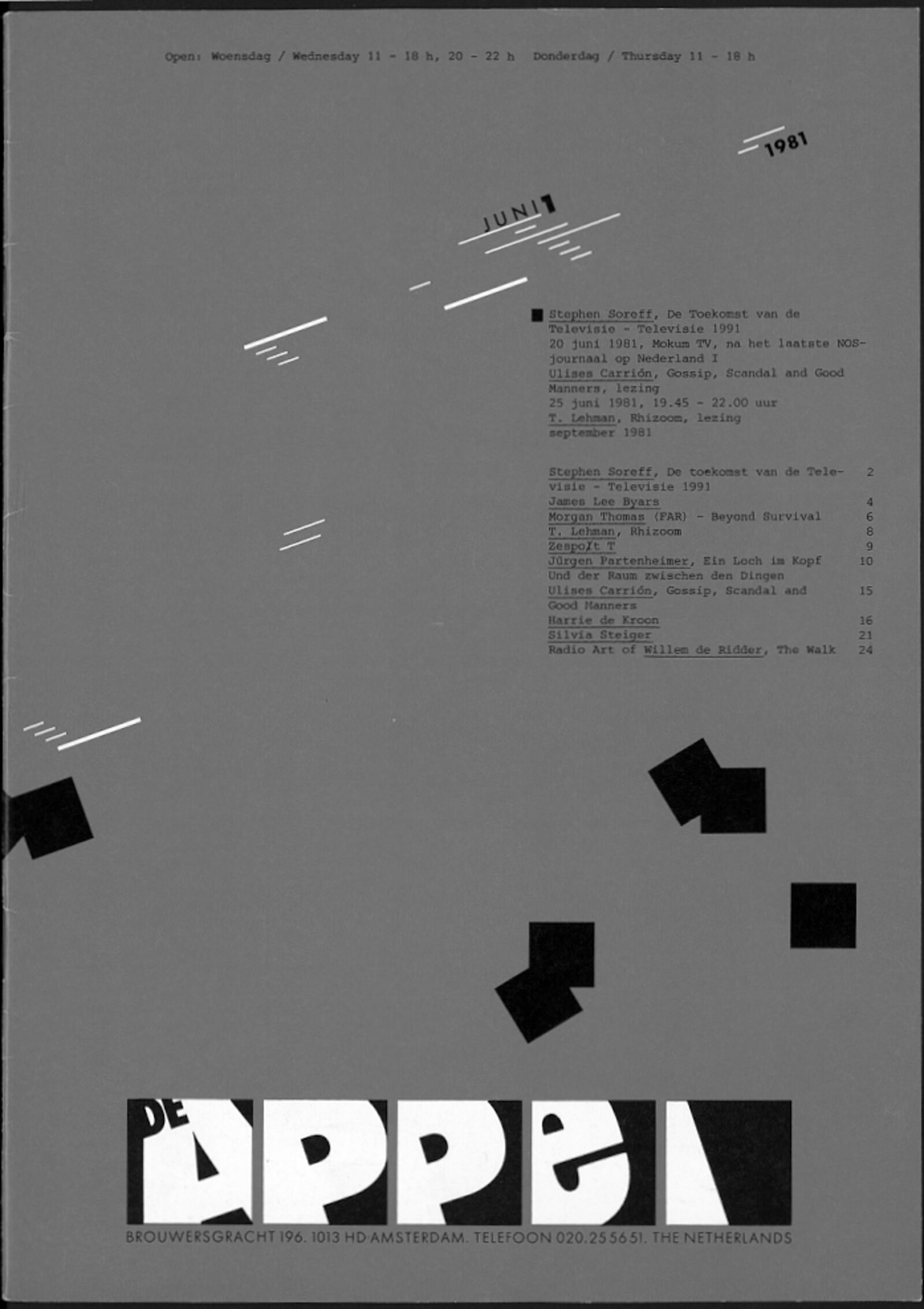
Bulletin De Appel, June 1981. Cover design Marijke Mooy and Peter Vermeulen.
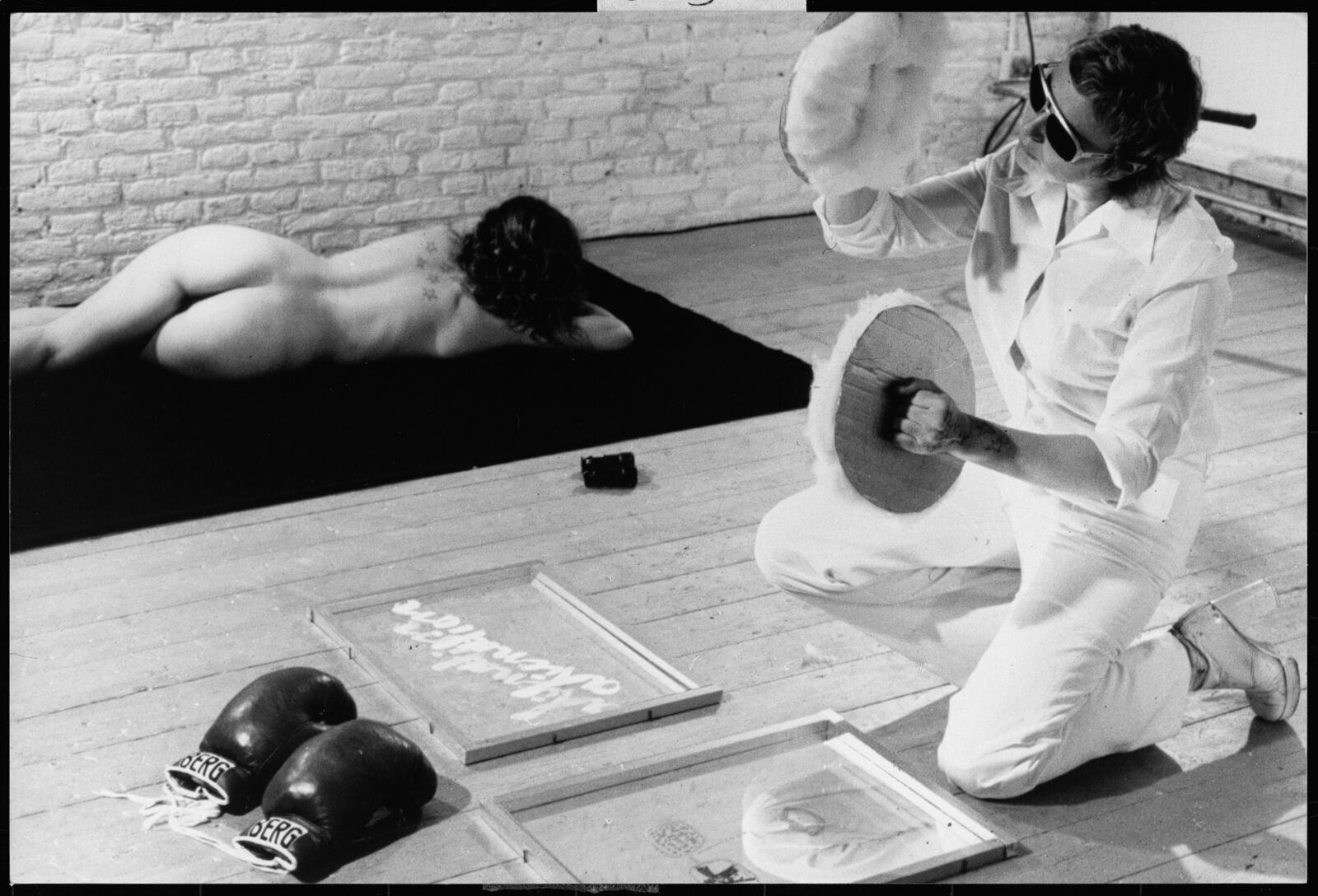
Gina Pane, Discours mou et mat, 1975, De Appel, Amsterdam, NL
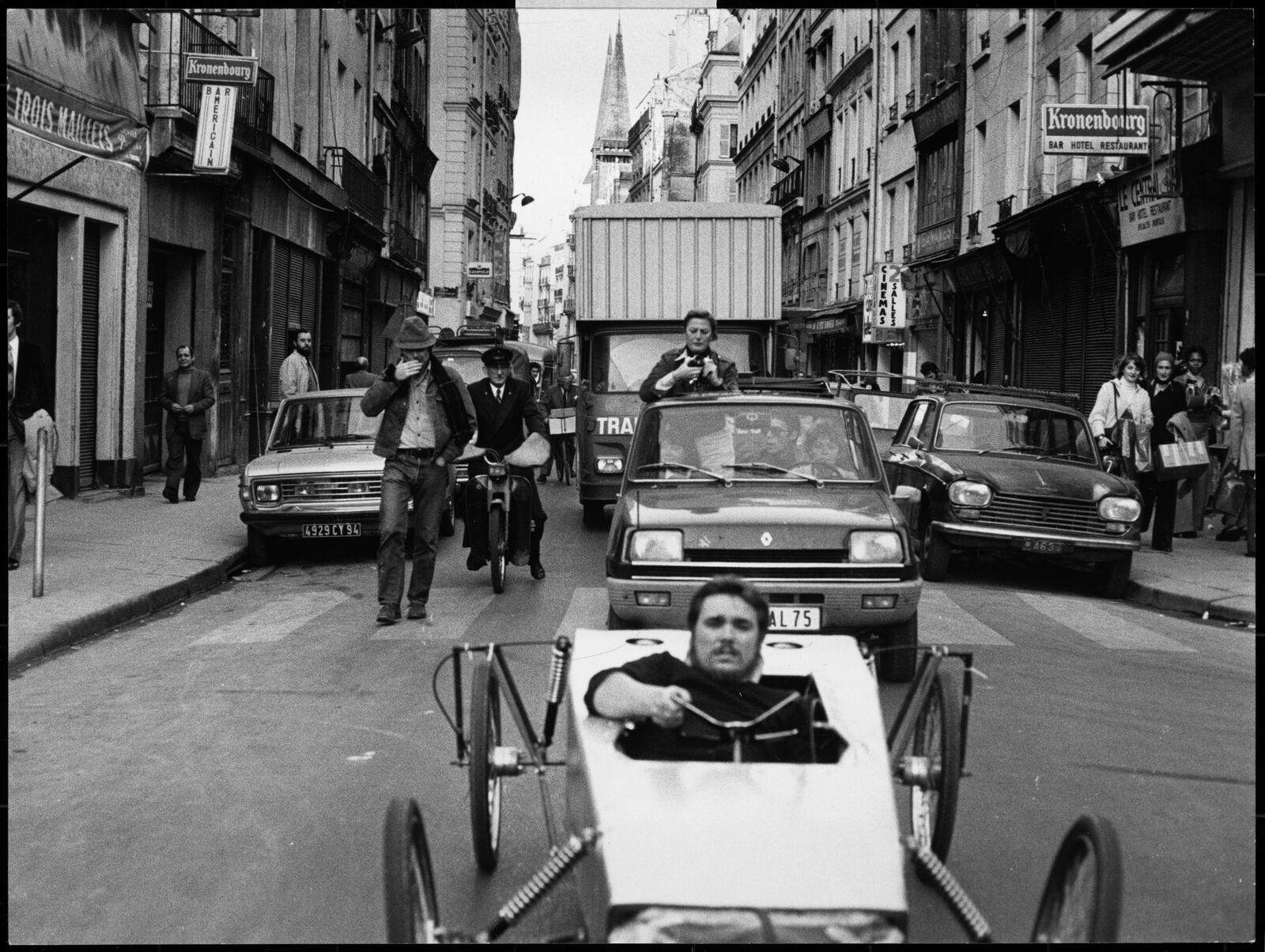
Chris Burden, Art and Technology, 1975, De Appel, Amsterdam, NL
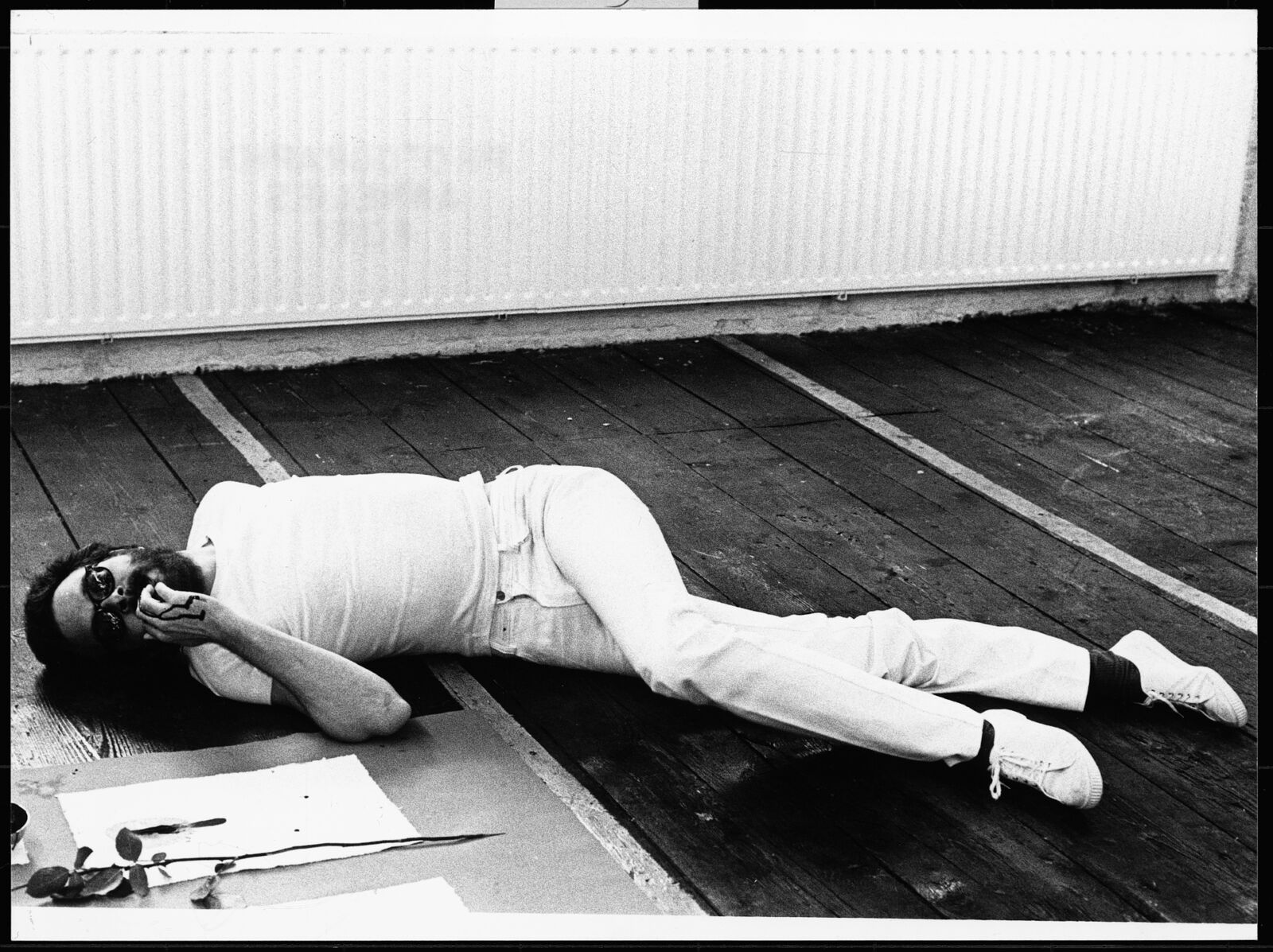
André Swagers, Rituals, 1976, De Appel, Amsterdam, NL
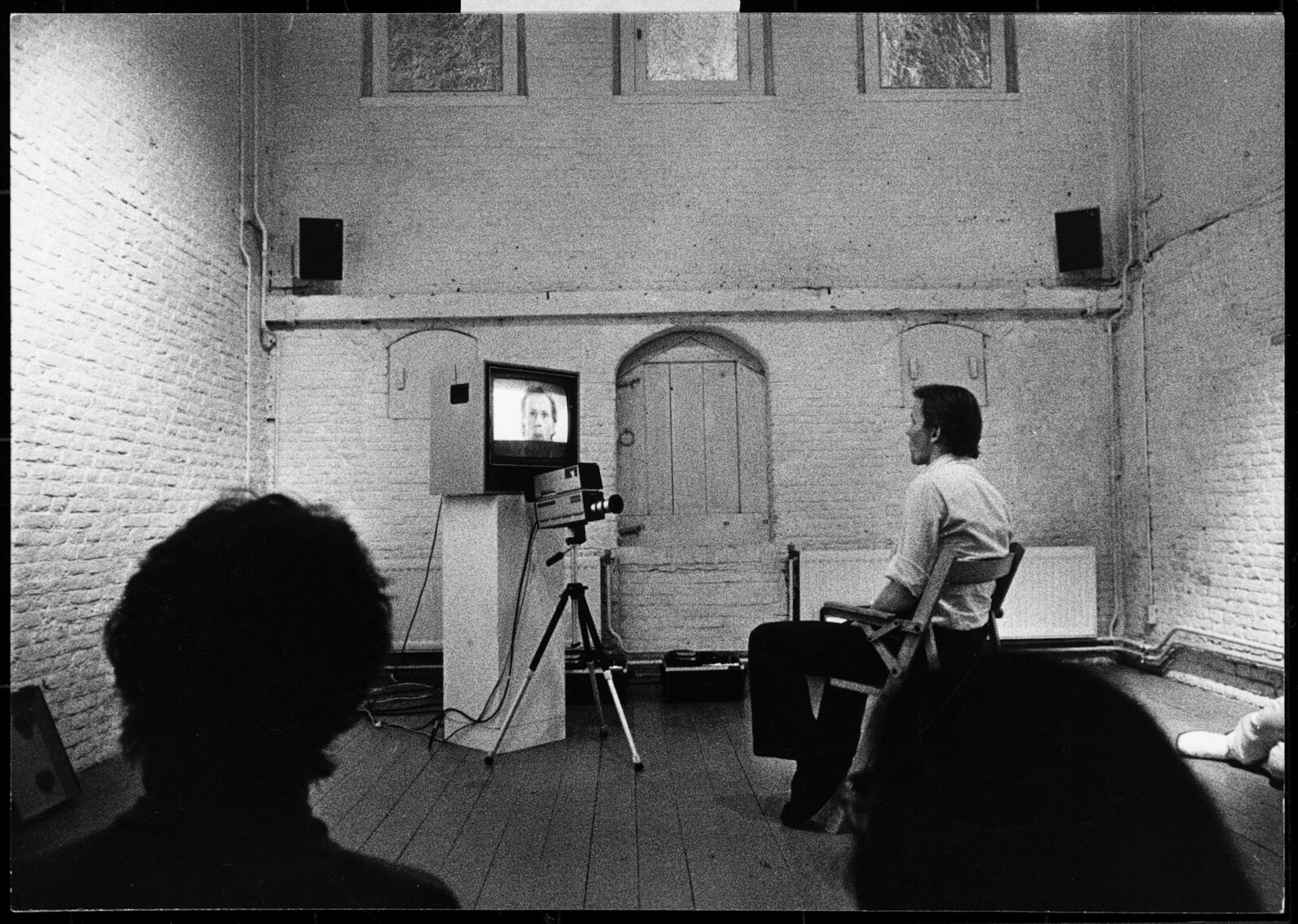
Harrie De Kroon, Project, 1976, De Appel, Amsterdam, NL
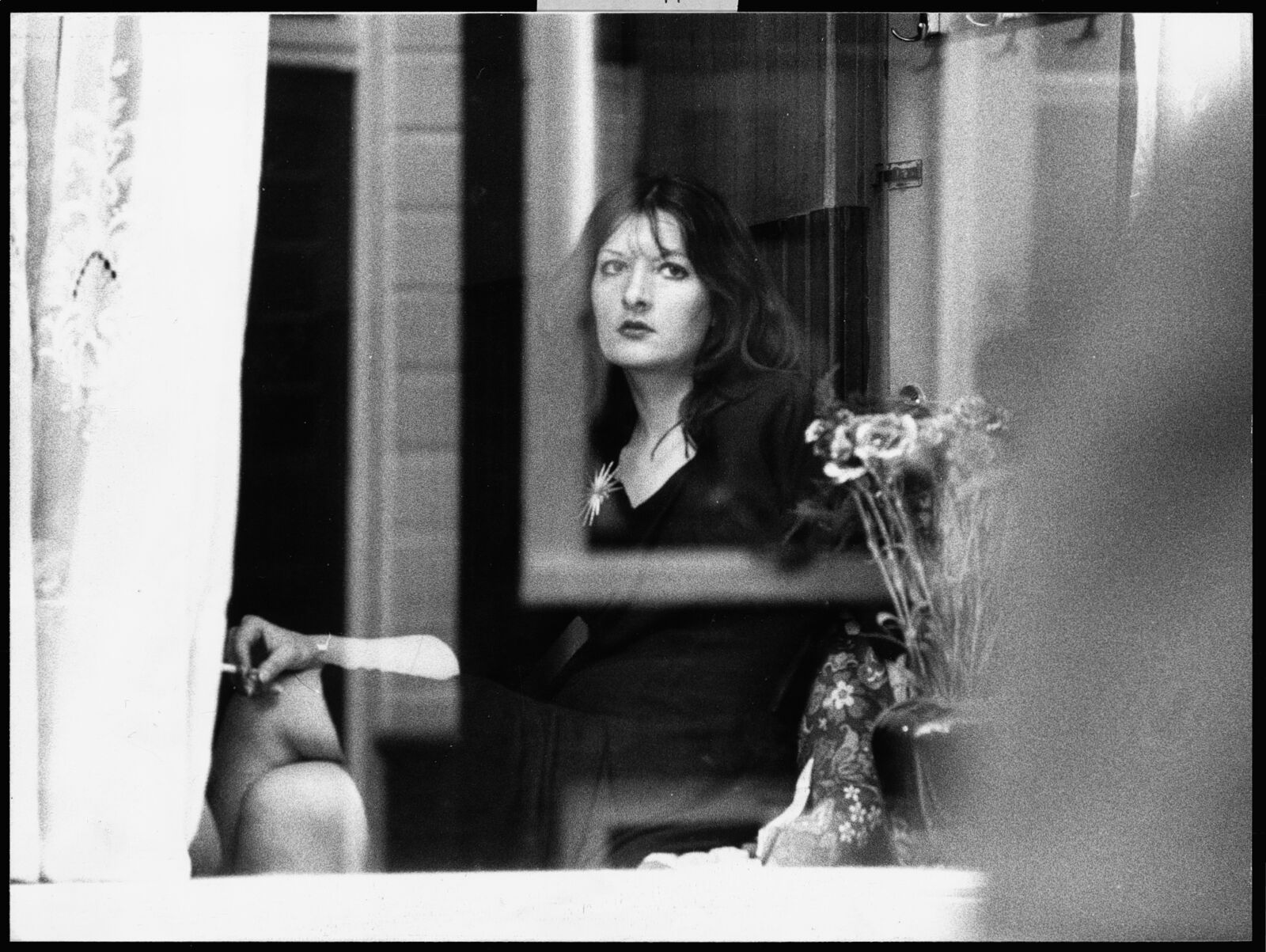
Marina Abramović, Role Exchange, 1976, De Appel, Amsterdam, NL
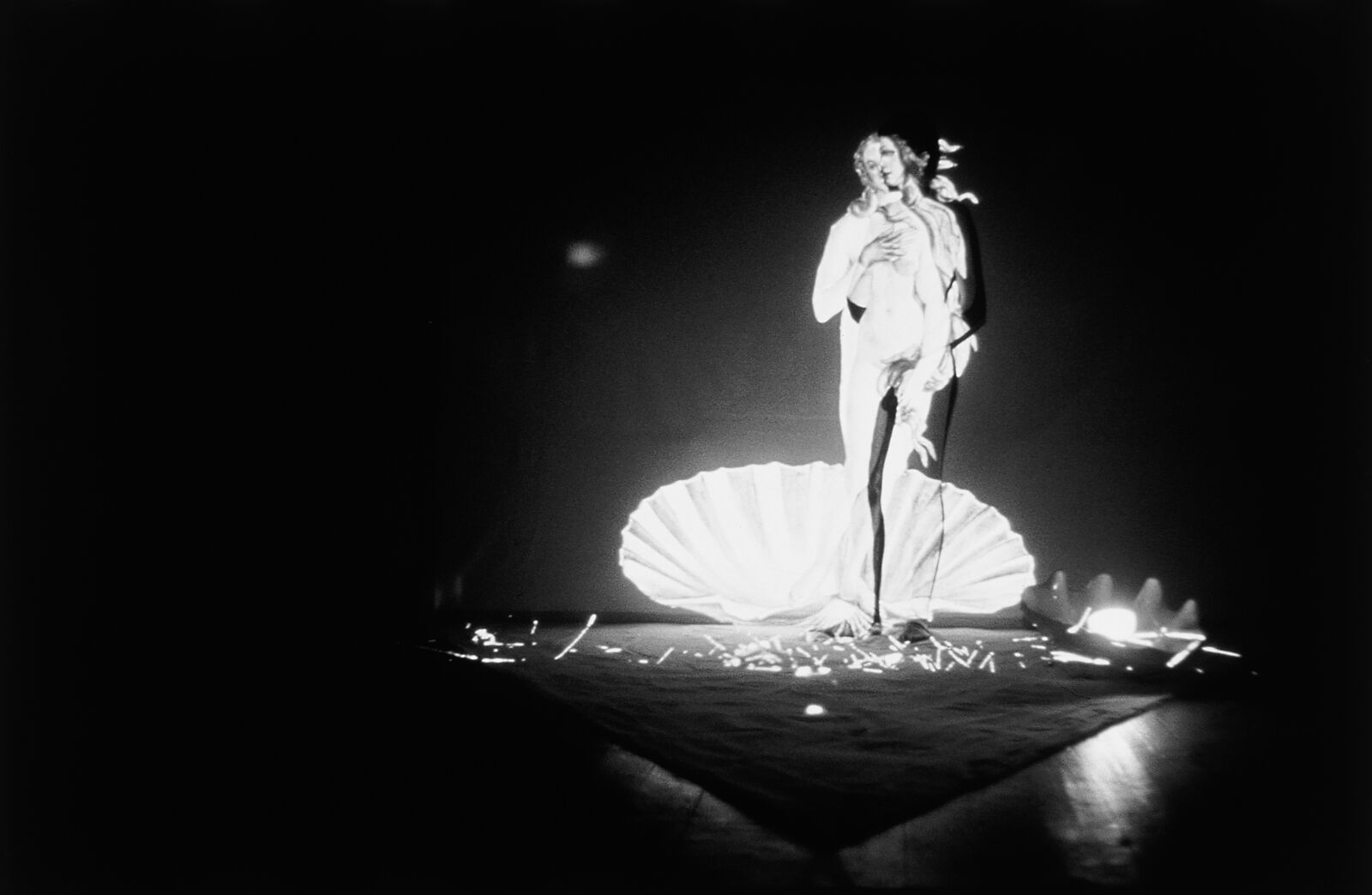
Ulrike Rosenbach, Reflections on the Birth of Venus, 1976, De Appel, Amsterdam, NL
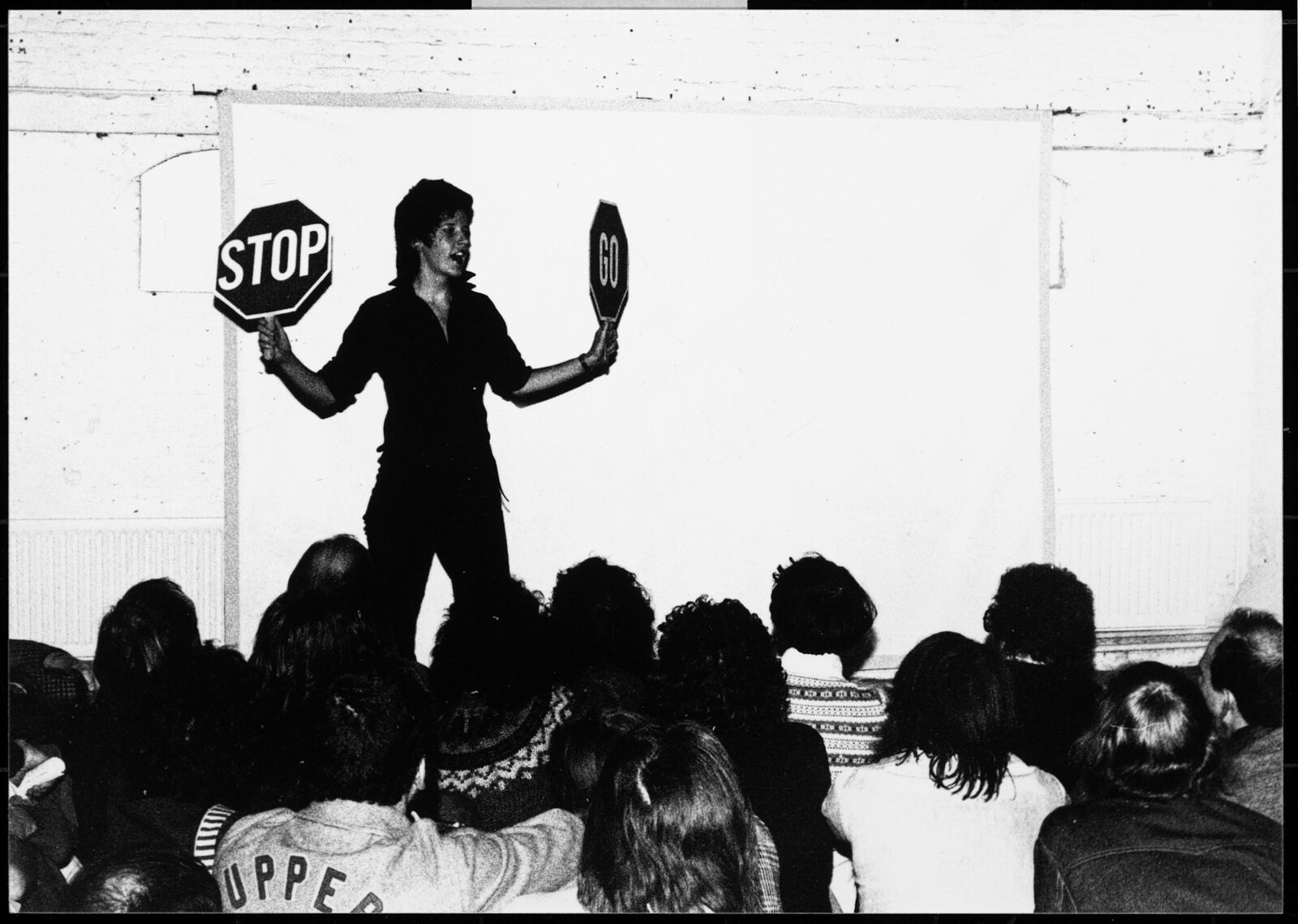
Julia Heyward, Performance, 1976, De Appel, Amsterdam, NL
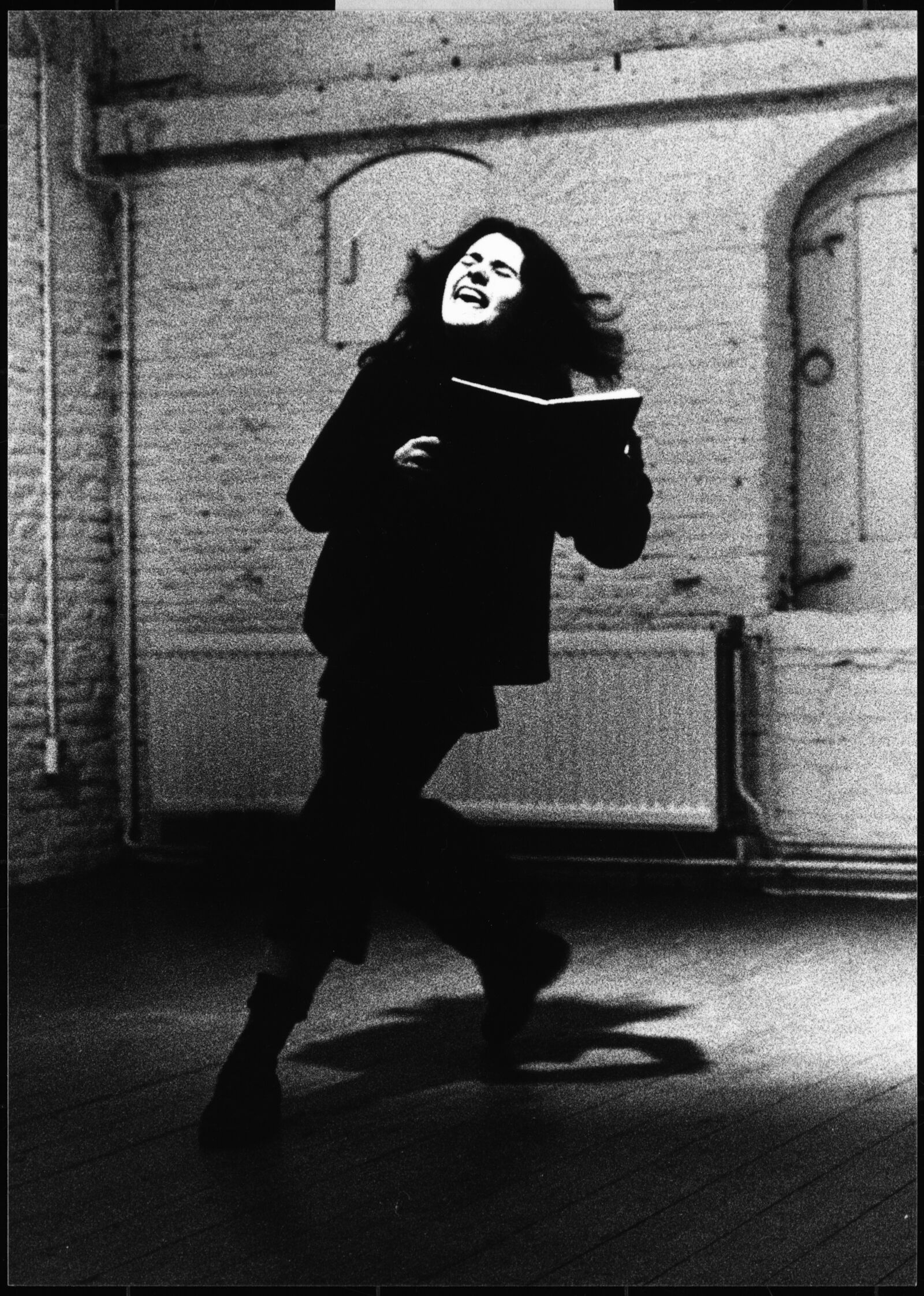
Jana Haimsohn, Ausdruckstanz, 1976, De Appel, Amsterdam, NL
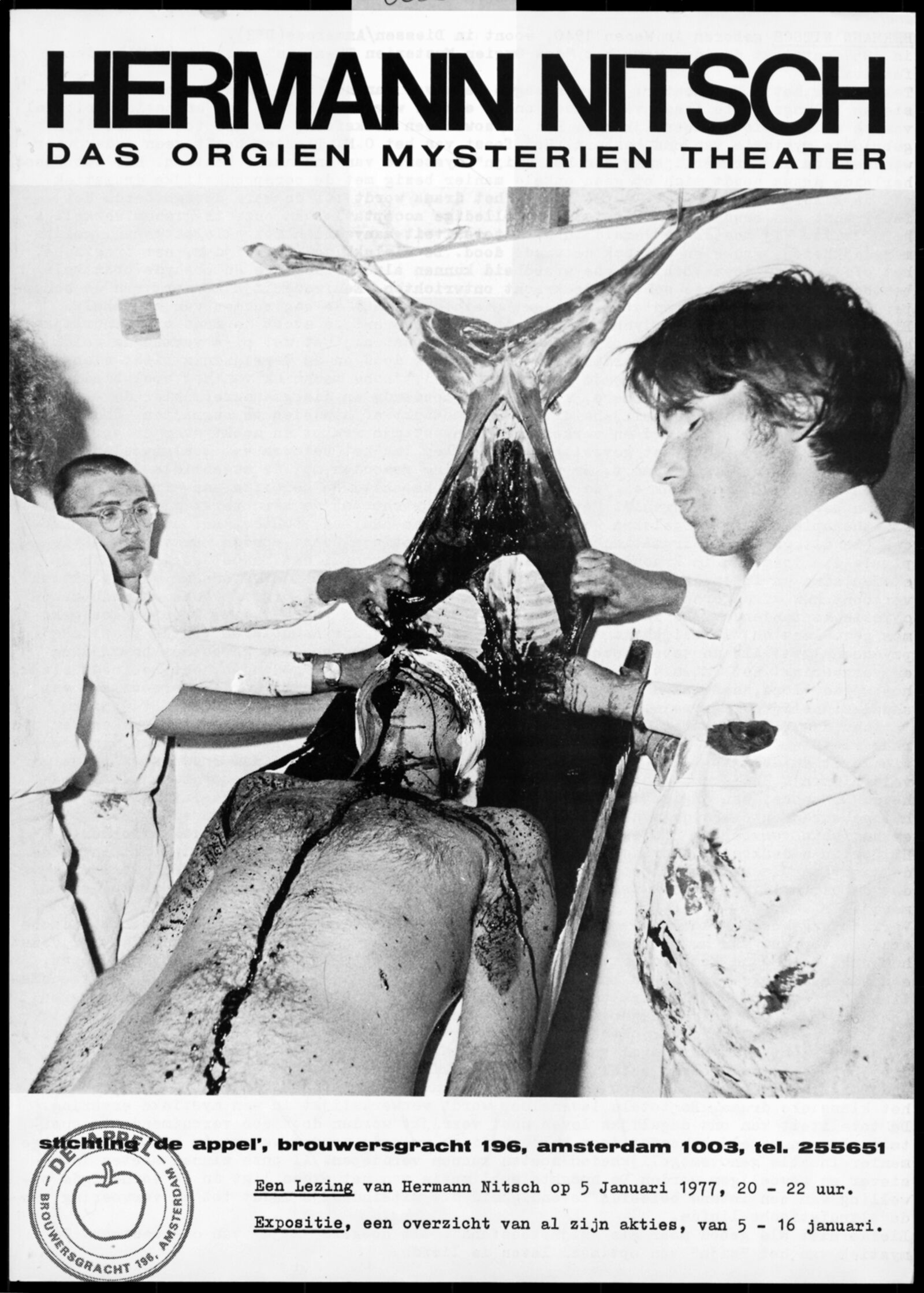
Poster for Hermann Nitsch performance Das Orgien Mysterien Theater, 1977, De Appel, Amsterdam, NL
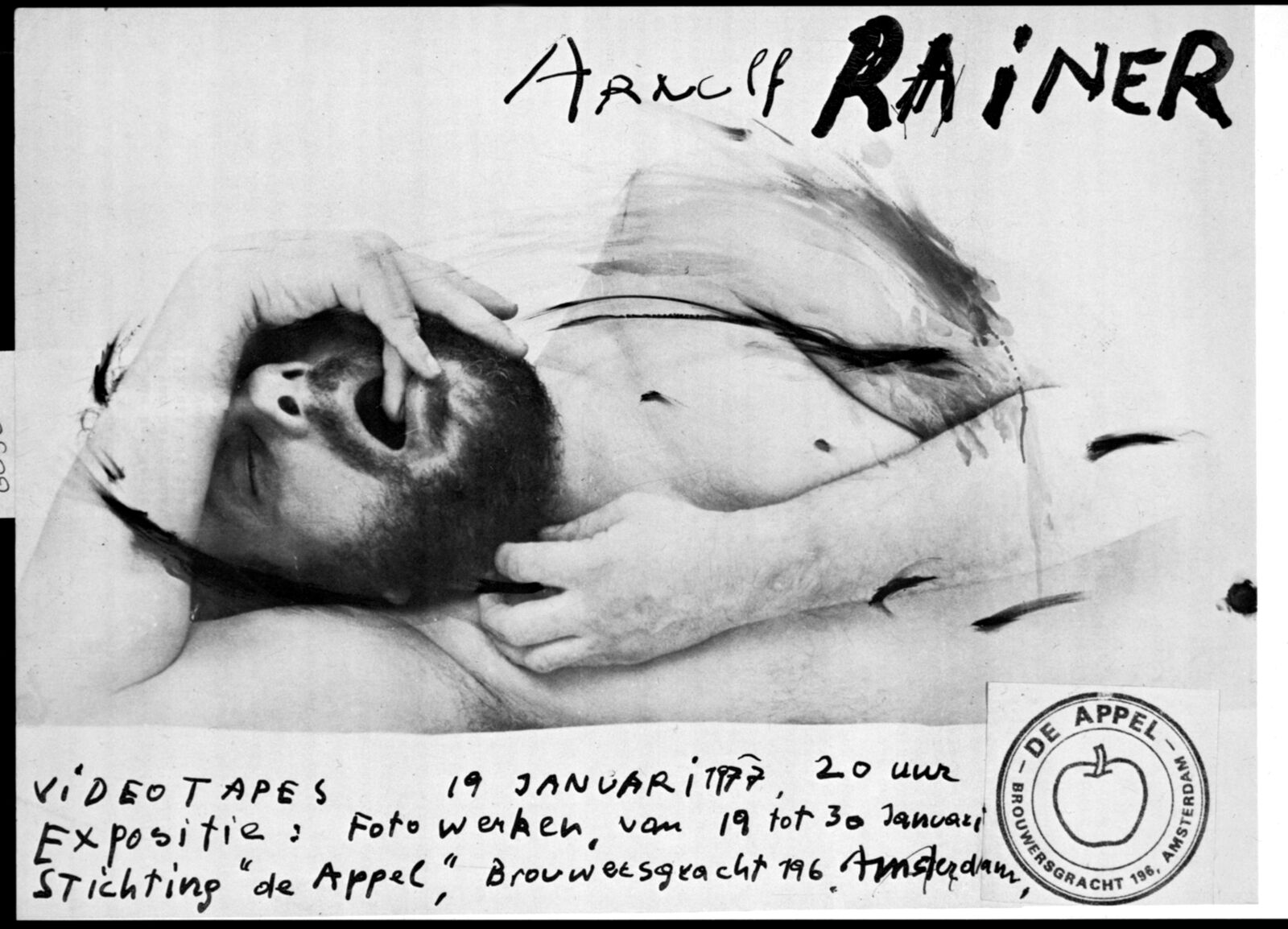
Poster for Arnulf Rainer eshibition, 1977, De Appel, Amsterdam, NL
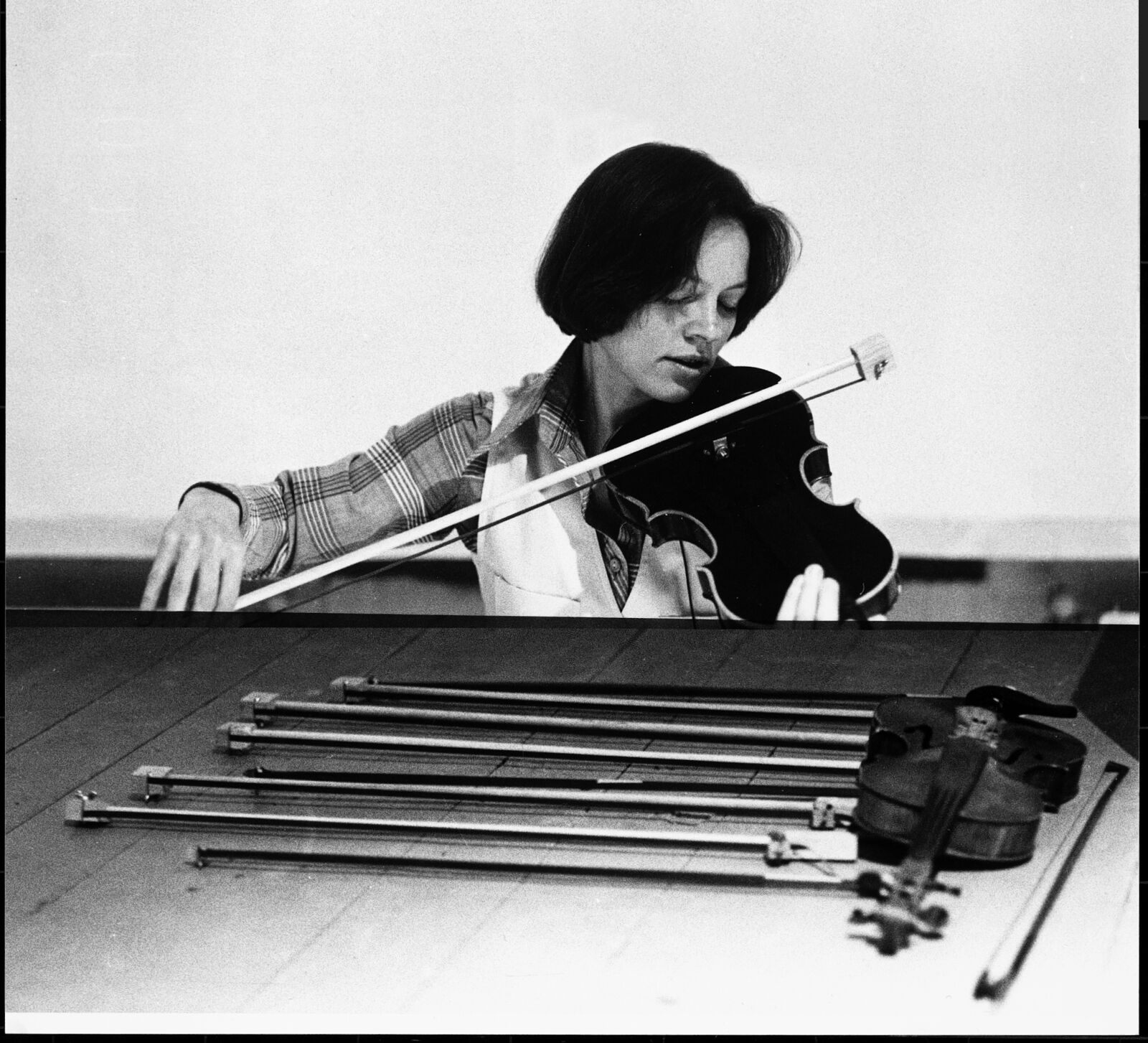
Laurie Anderson, For Instants - Part 5, 1977, Amsterdam, NL
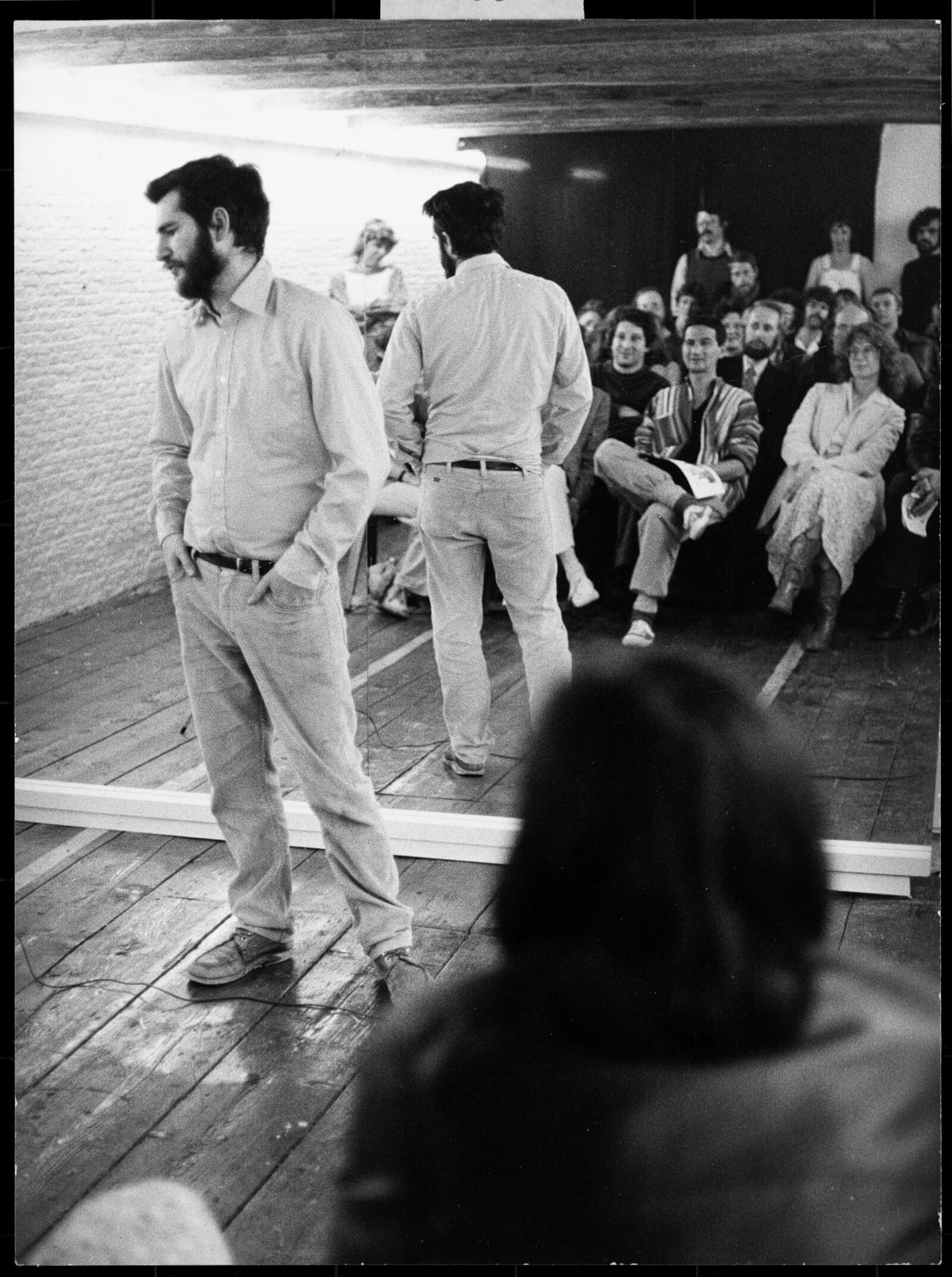
Dan Graham, Mirror Performer/Audience Description, 1977, De Appel, Amsterdam, NL
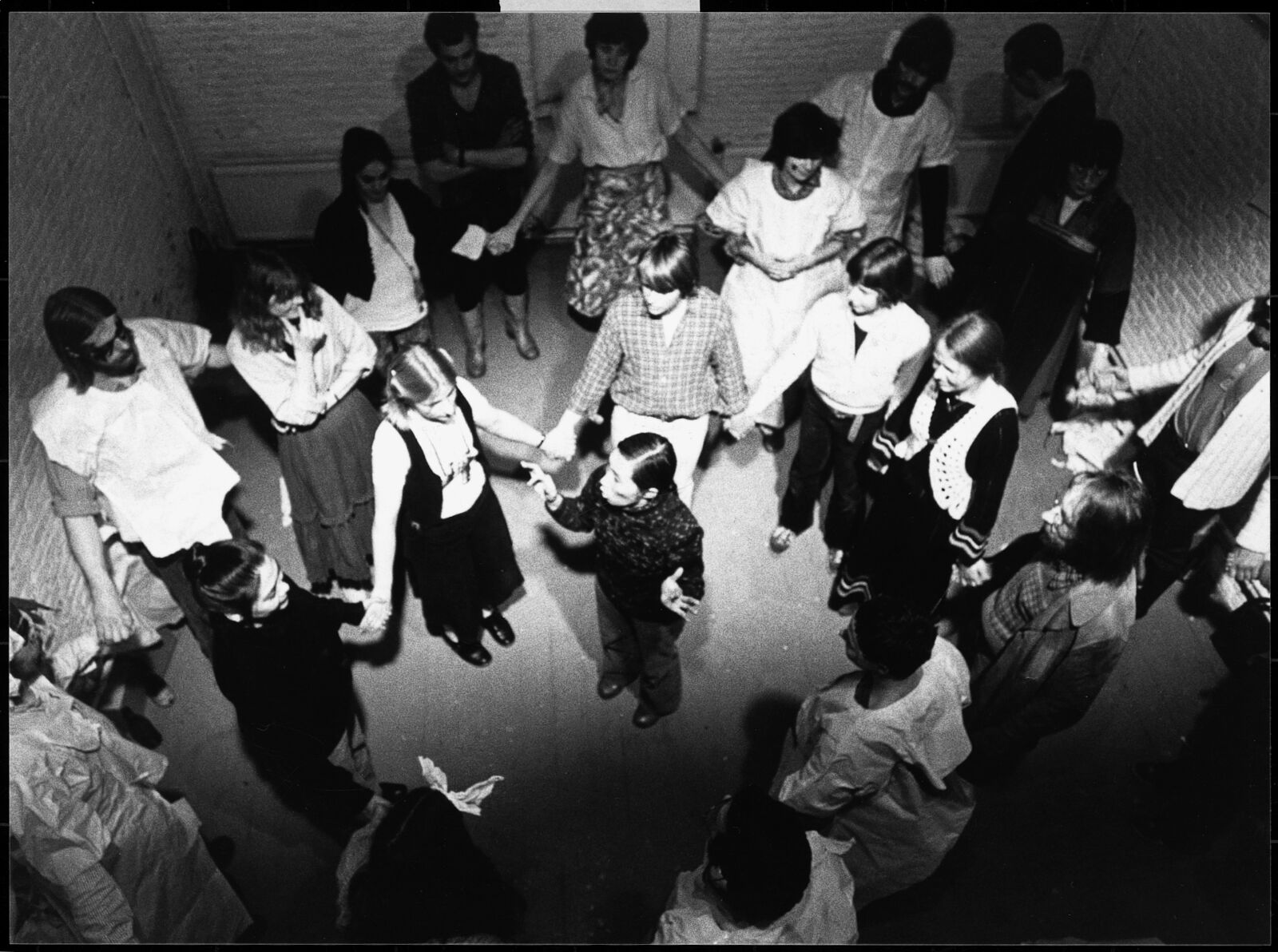
Takako Saito, Touching Body, 1978, De Appel, Amsterdam, NL
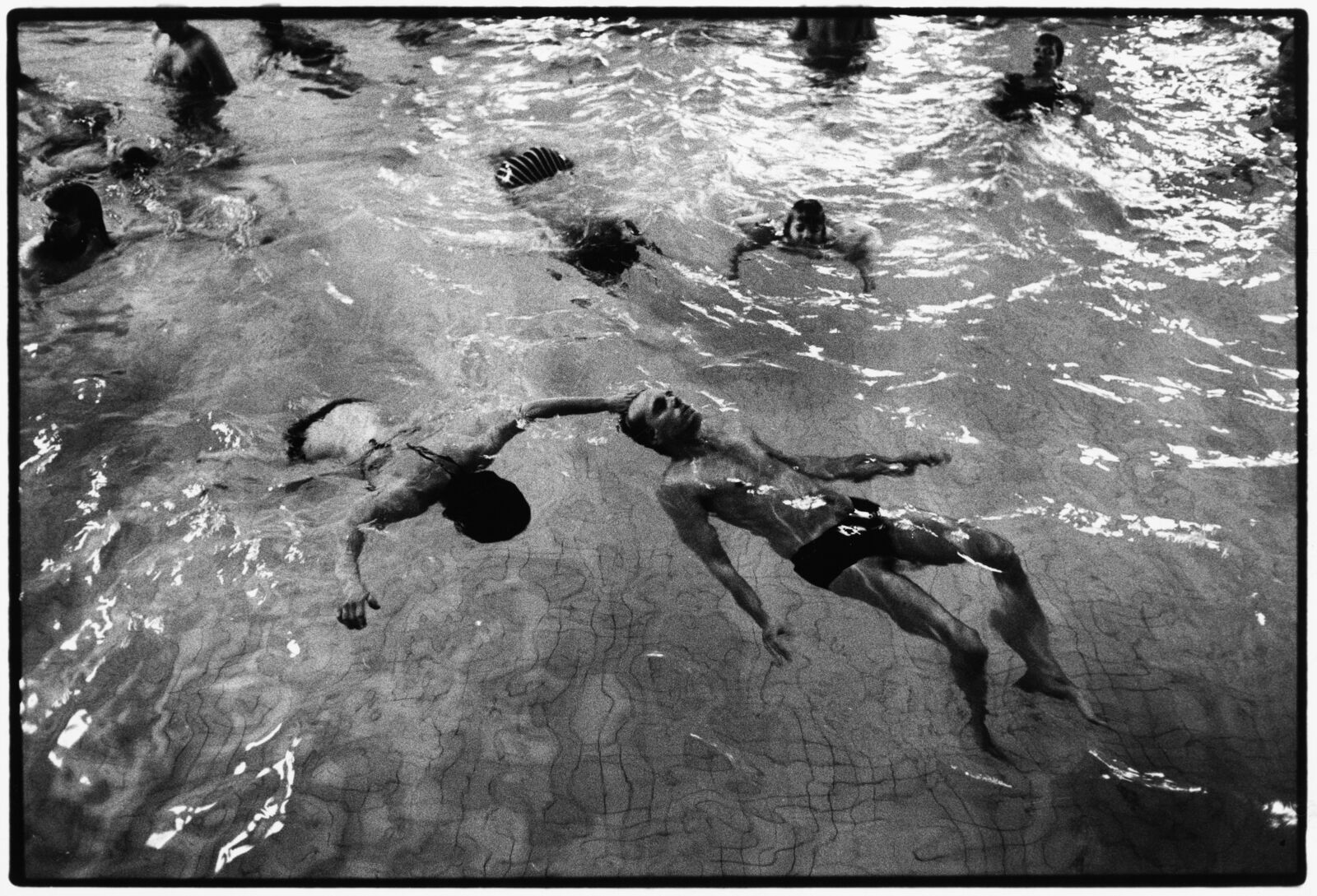
Max Neuhaus, Underwater Music IV, 1978, De Appel, Amsterdam, NL
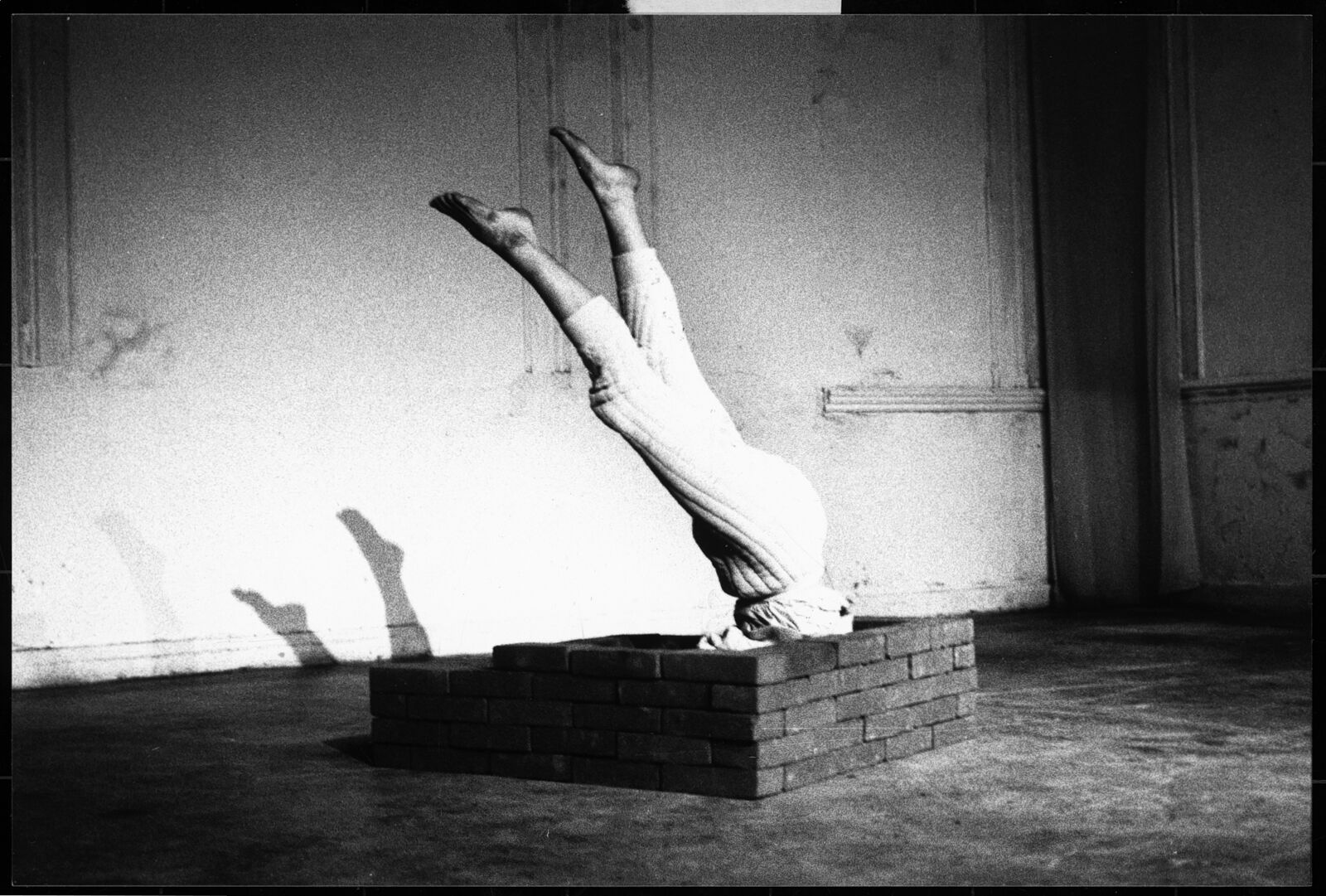
Pooh Kaye, 1980, De Appel, Amsredam, NL
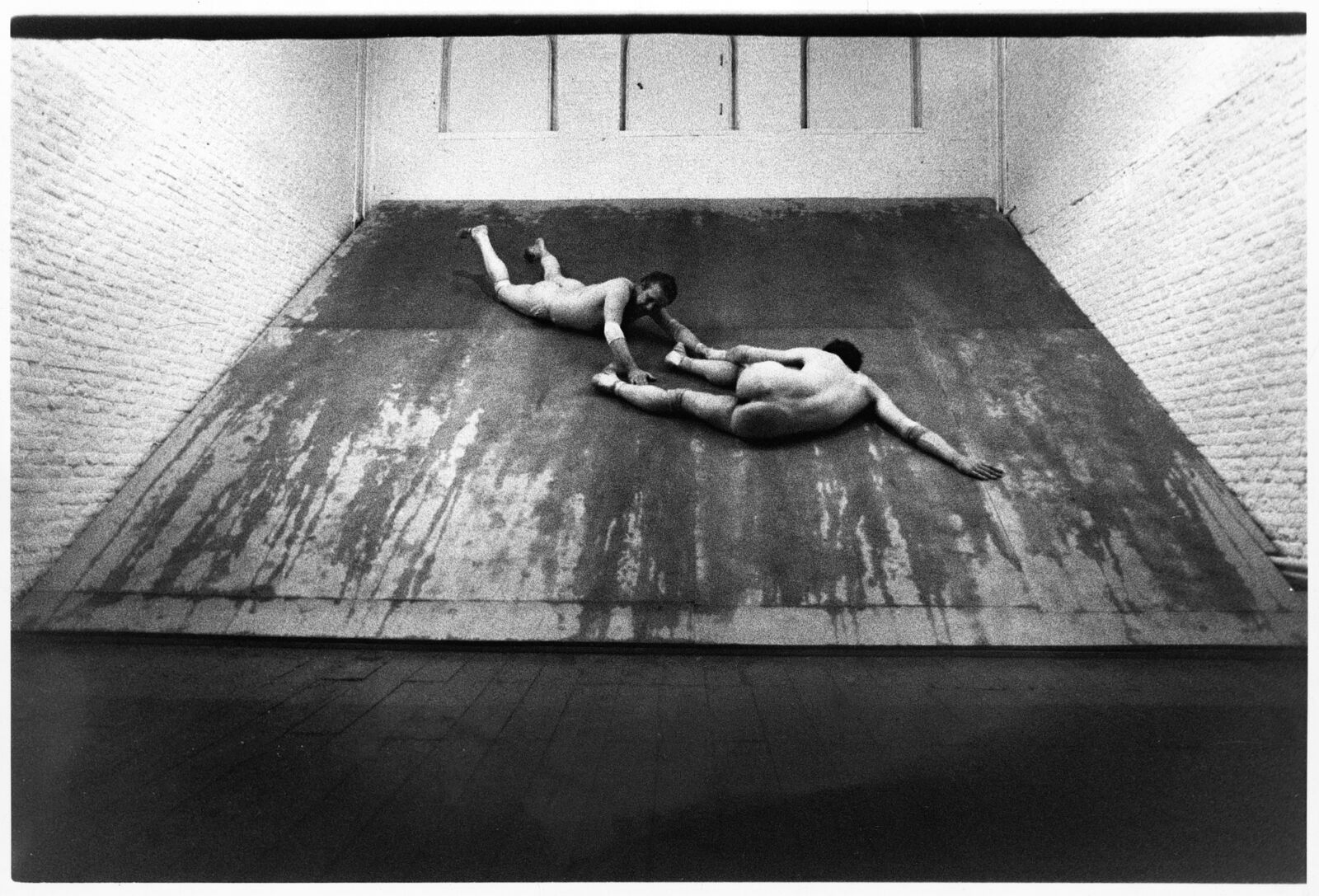
Stuart Brisley and Iain Robertson, Tussen [Between], 1979
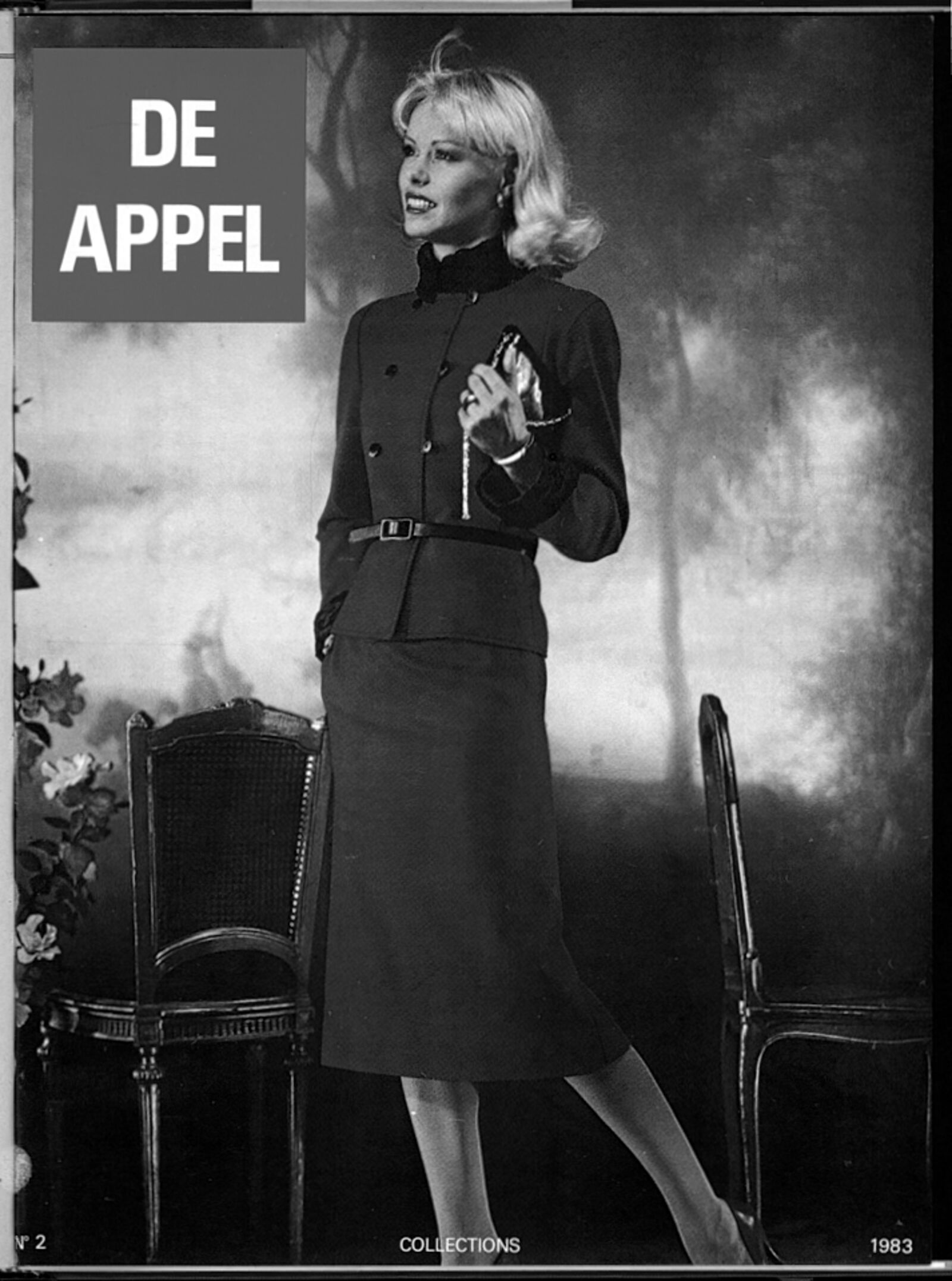
Bulletin De Appel, 1983. Cover design Barbara Bloom.
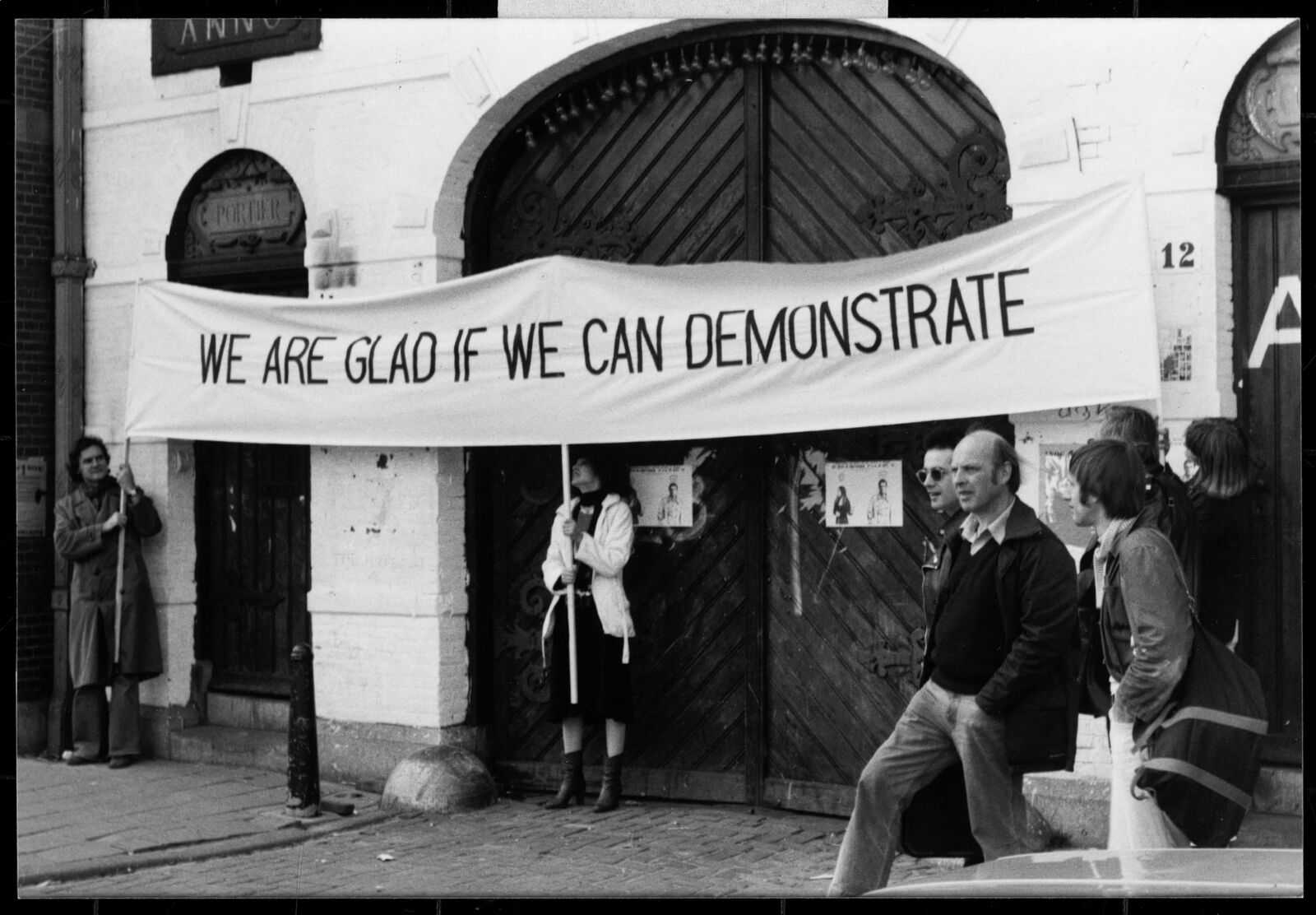
Endre Tót, Gladness Demonstration, 1979, De Appel, Amsterdam, NL
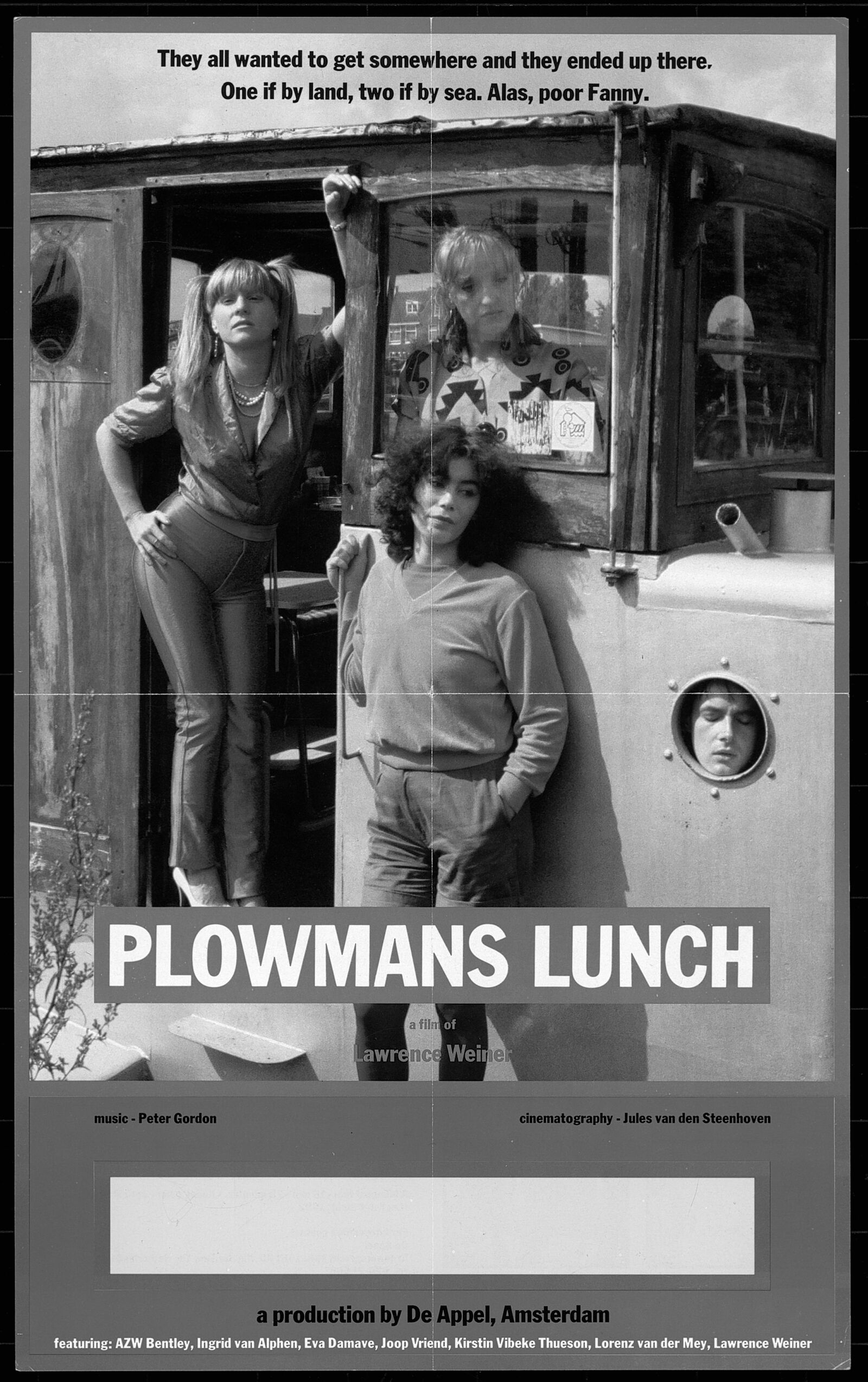
Lawrence Weiner, Plowmans Lunch, 1982, De Appel, Amsterdam, NL